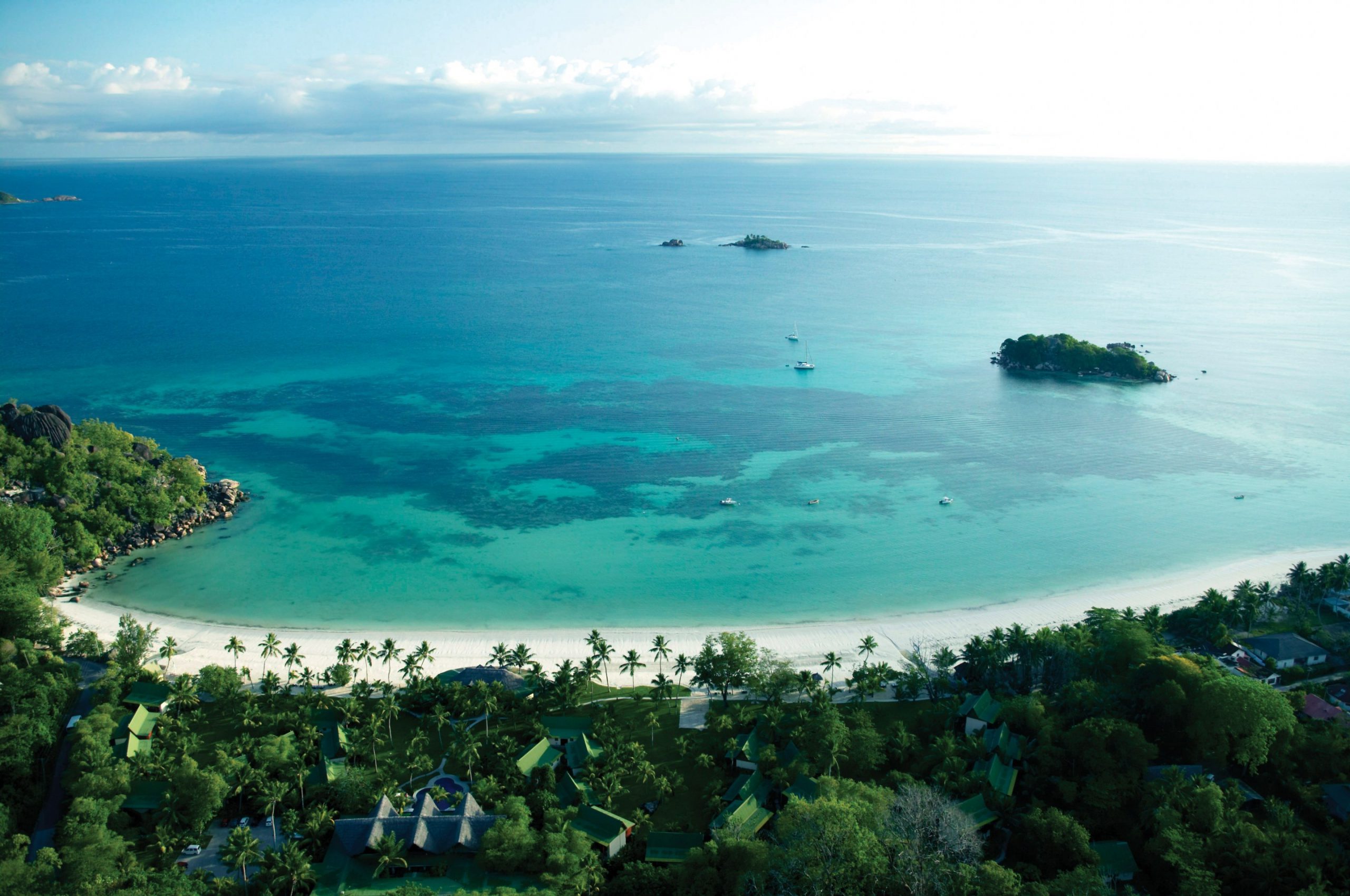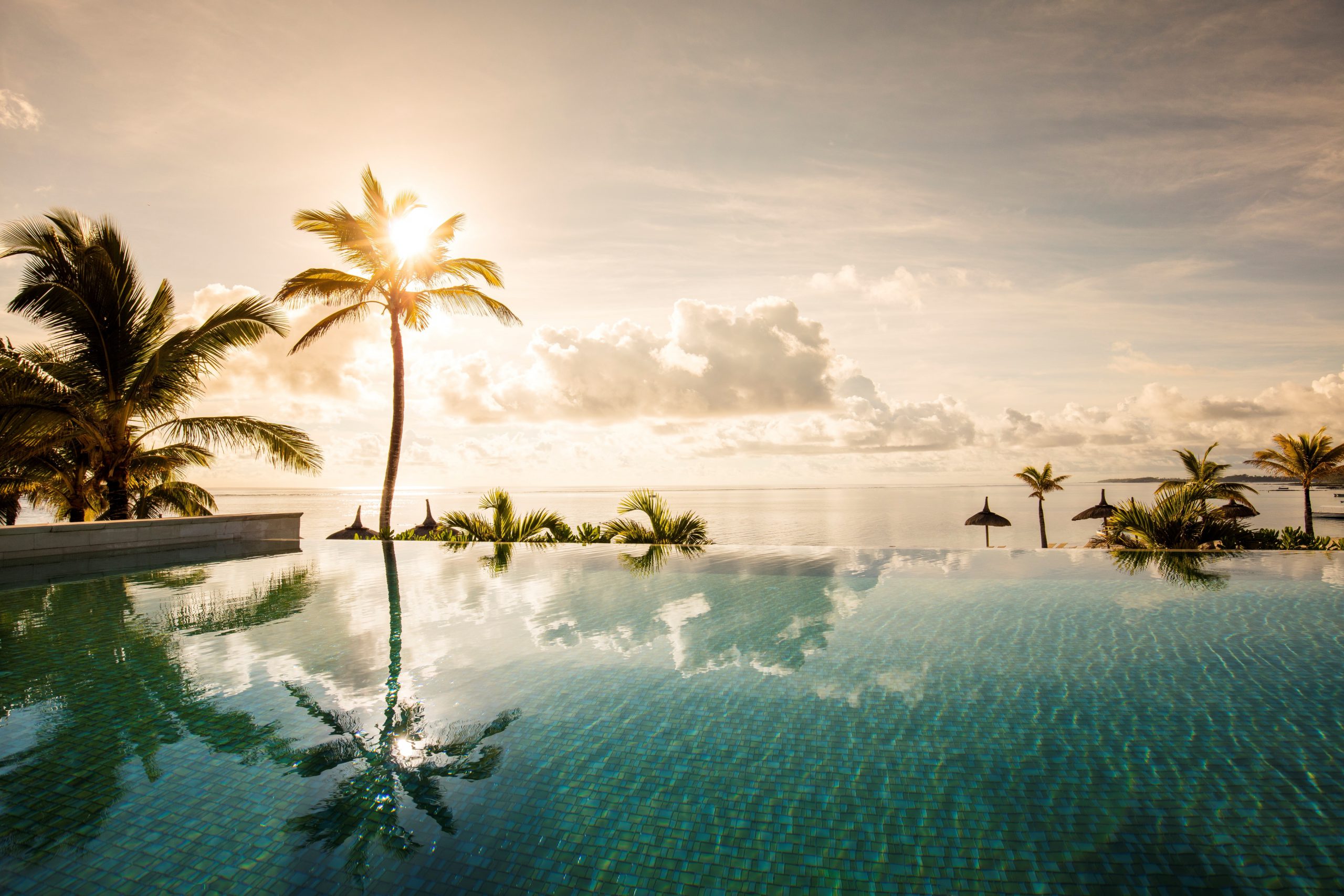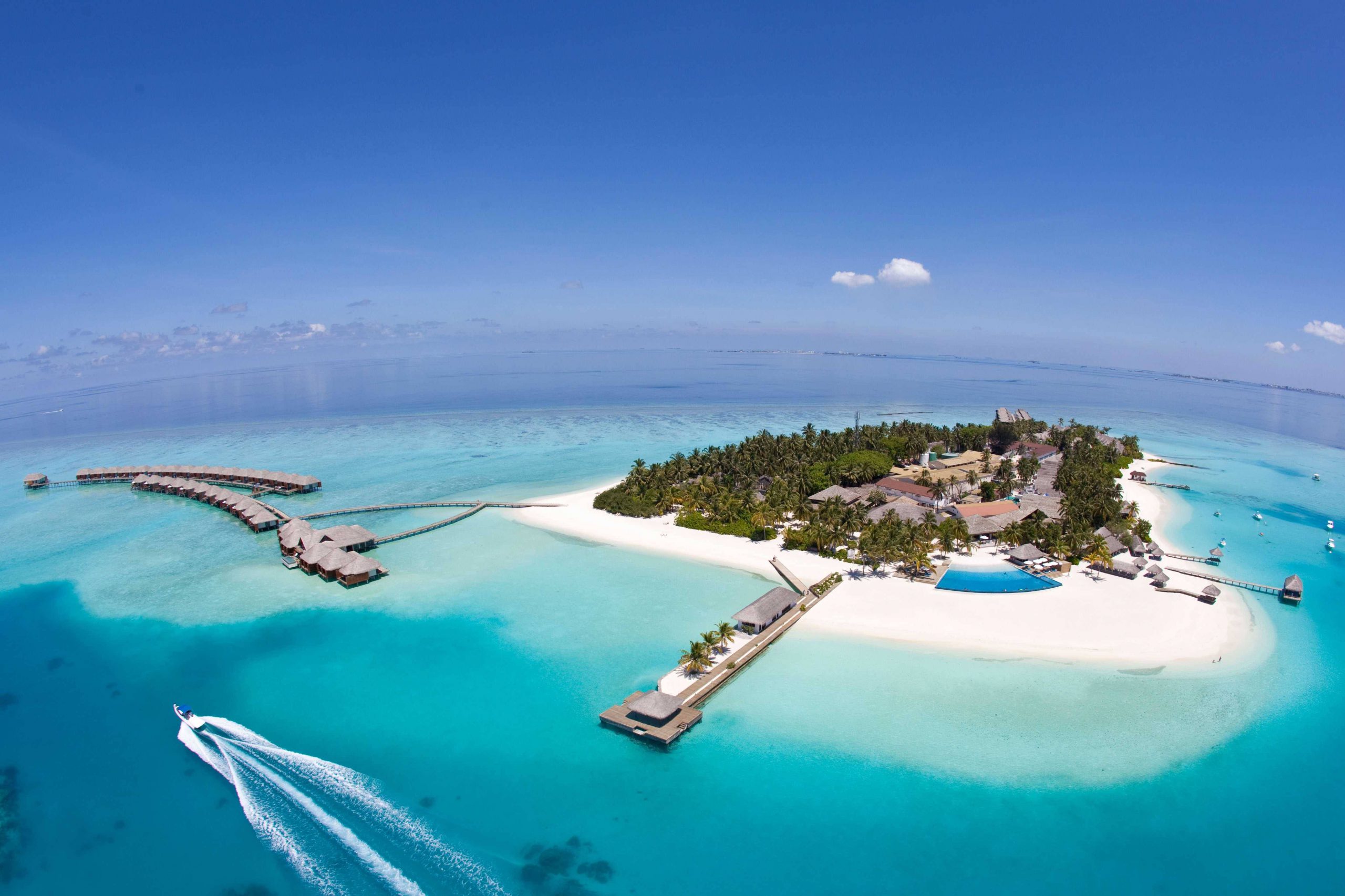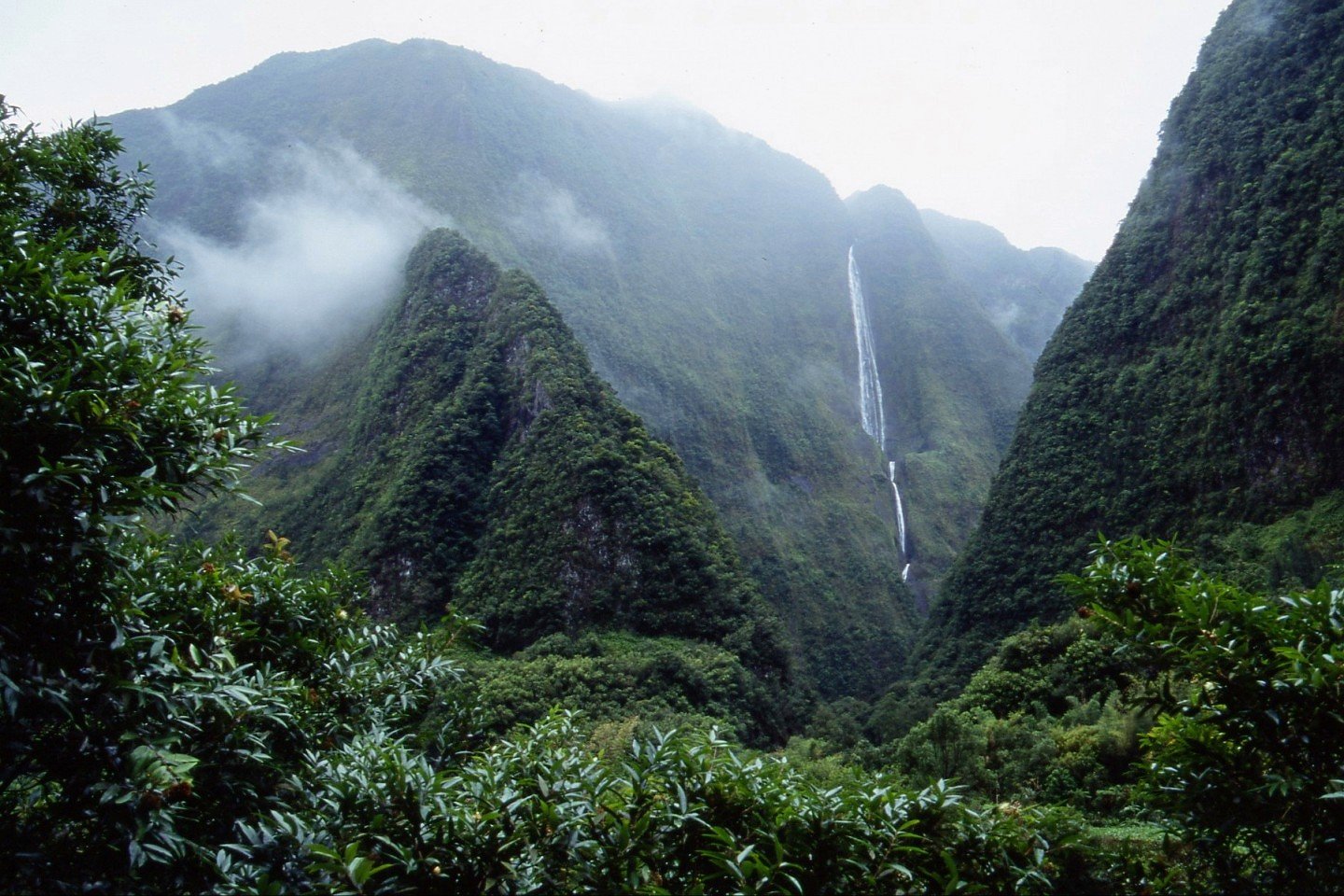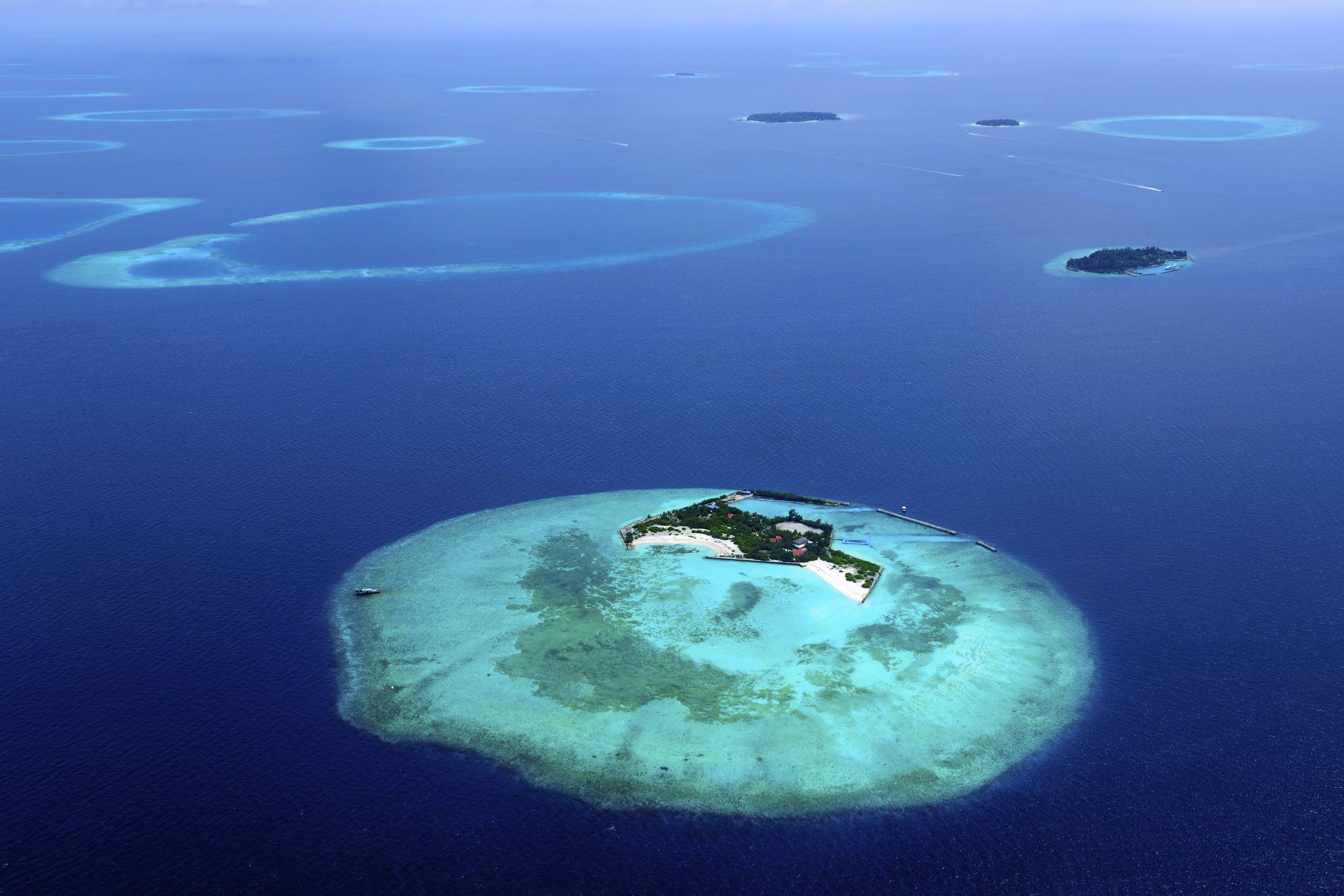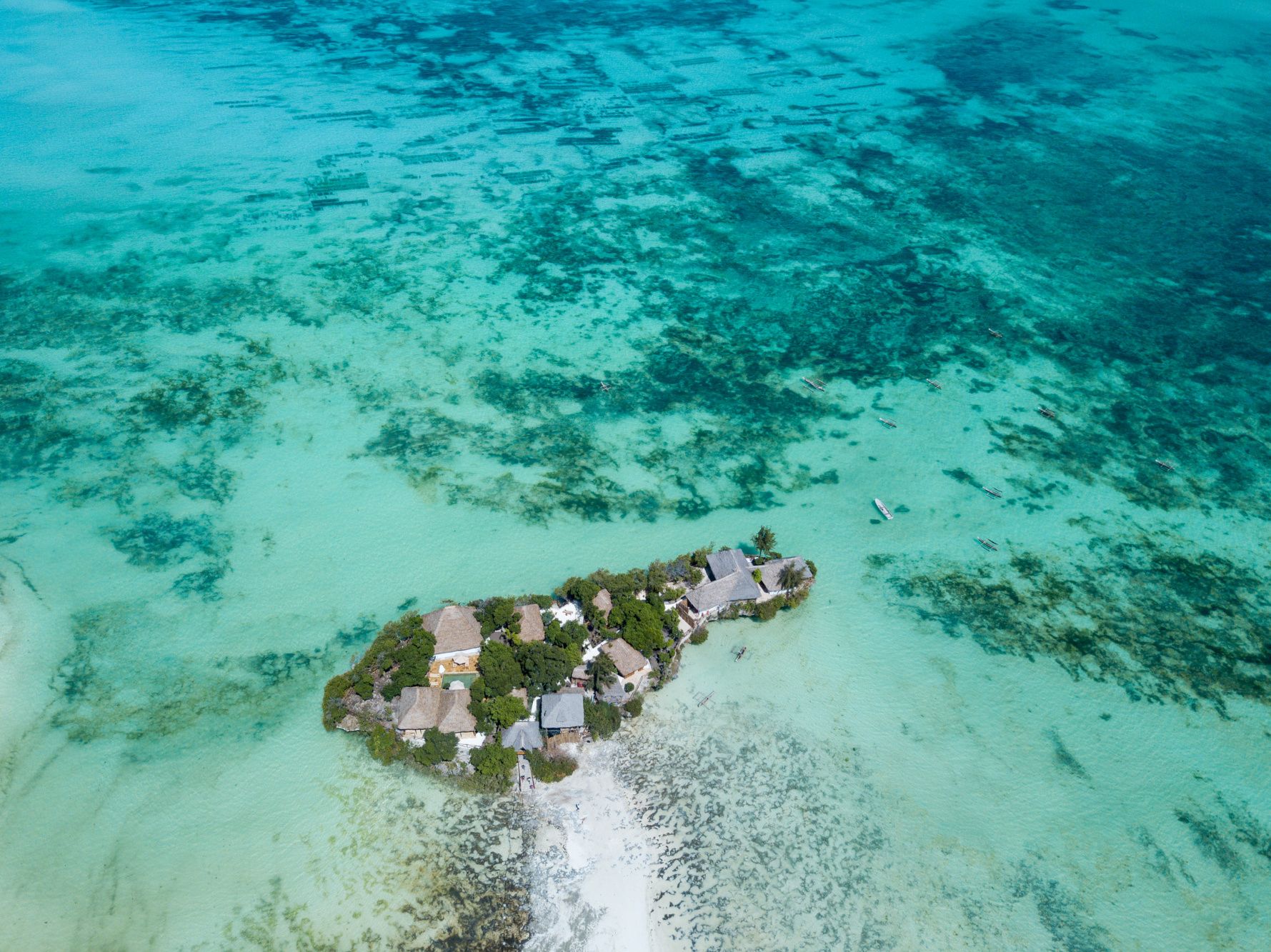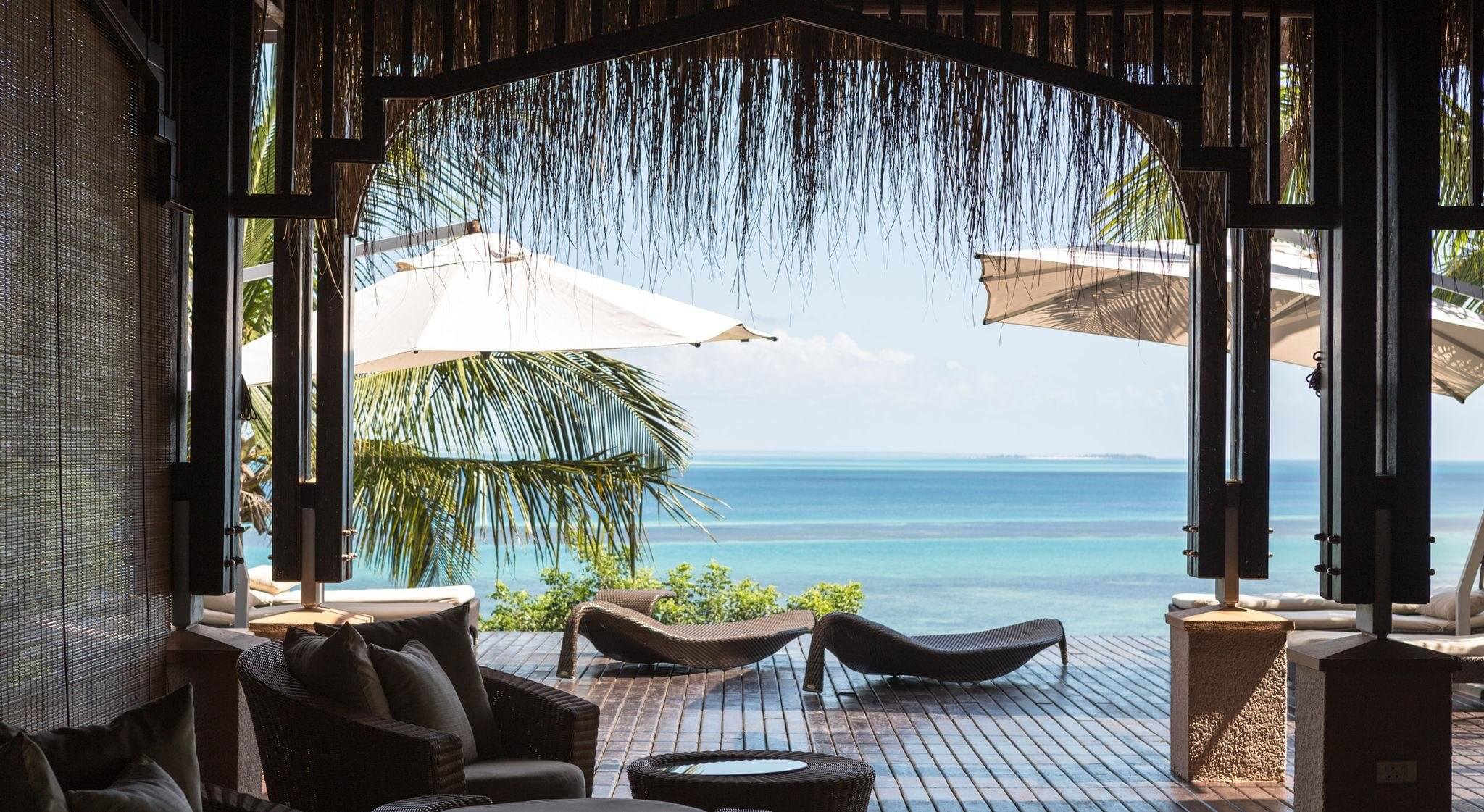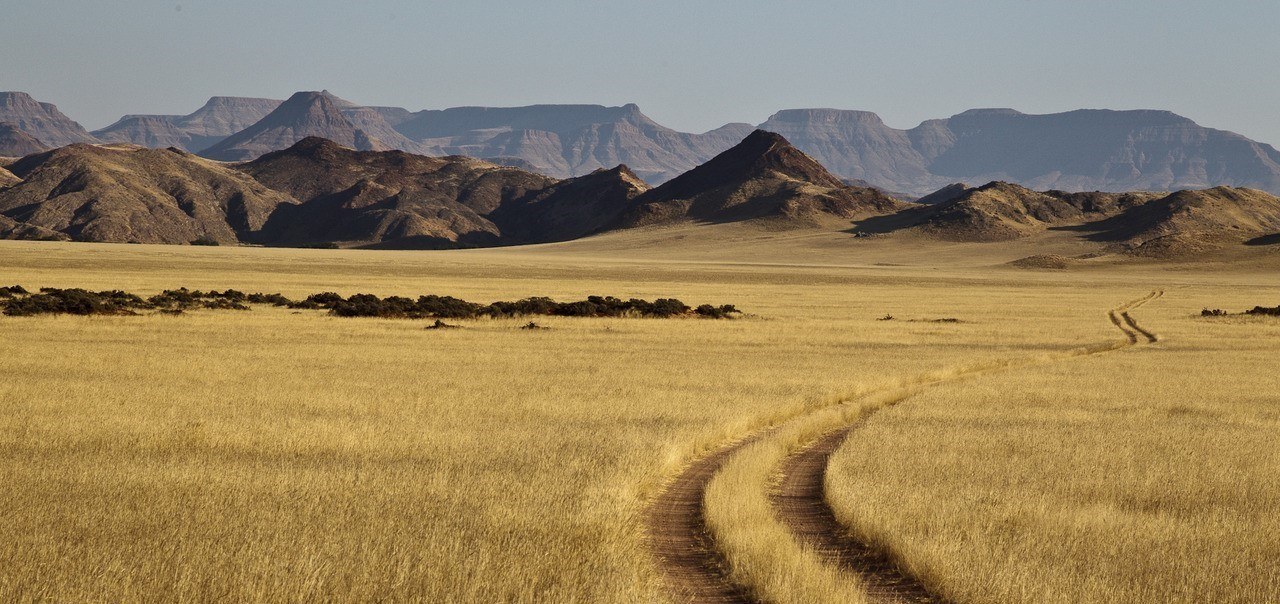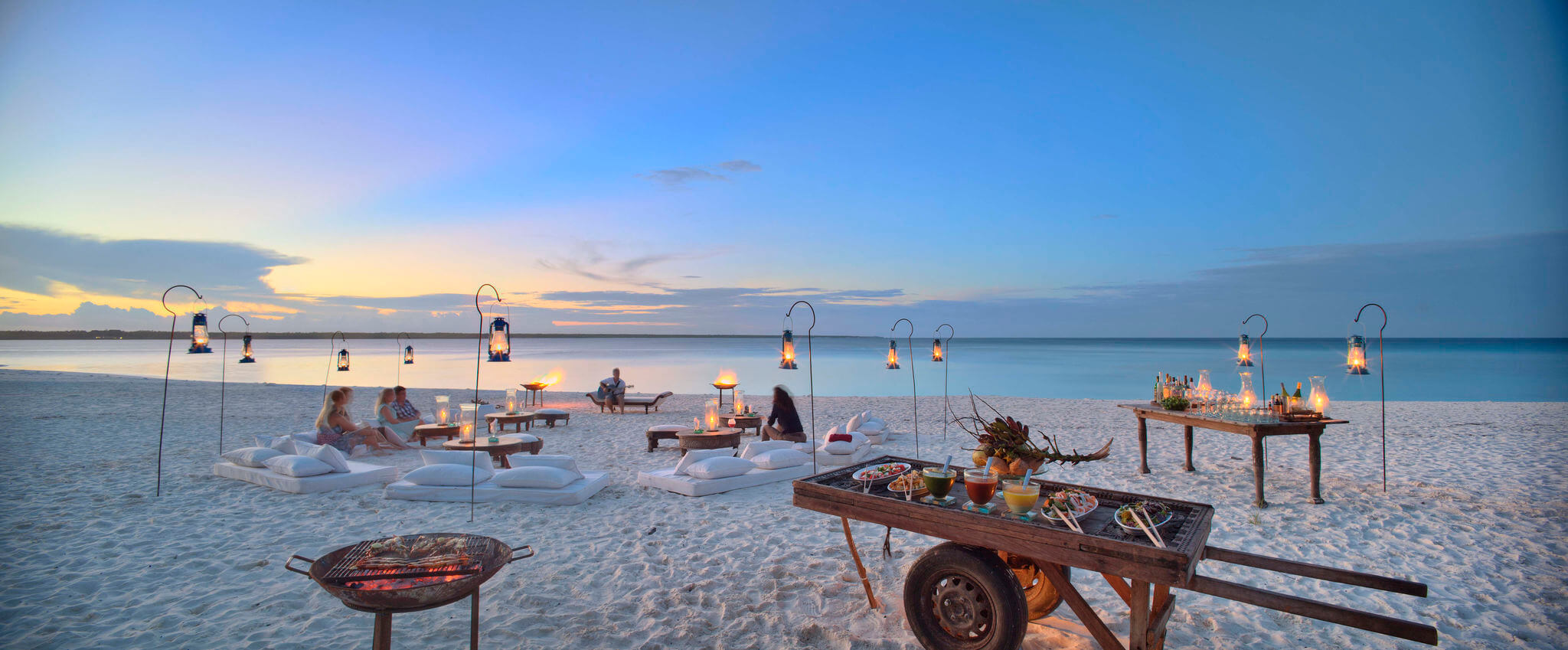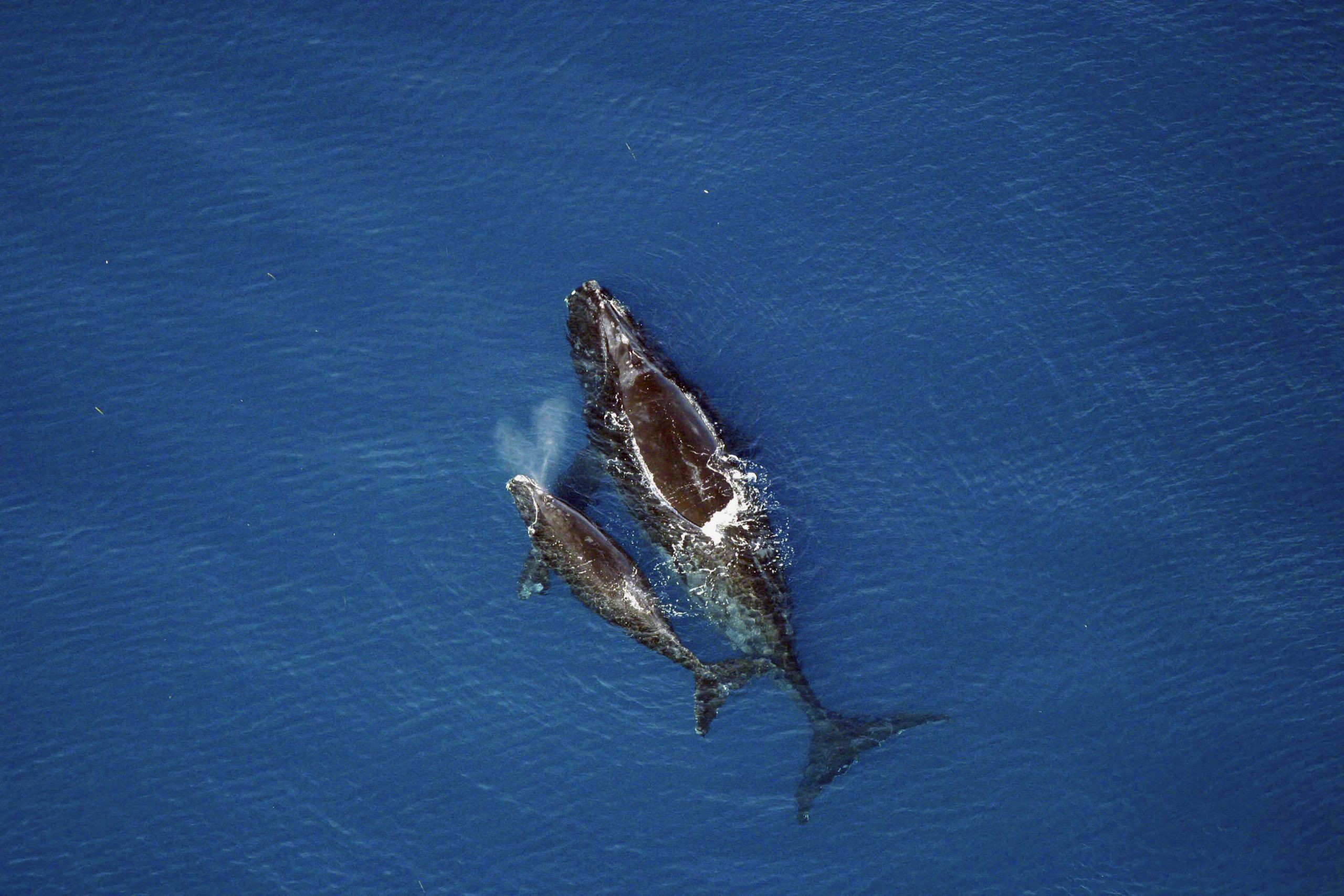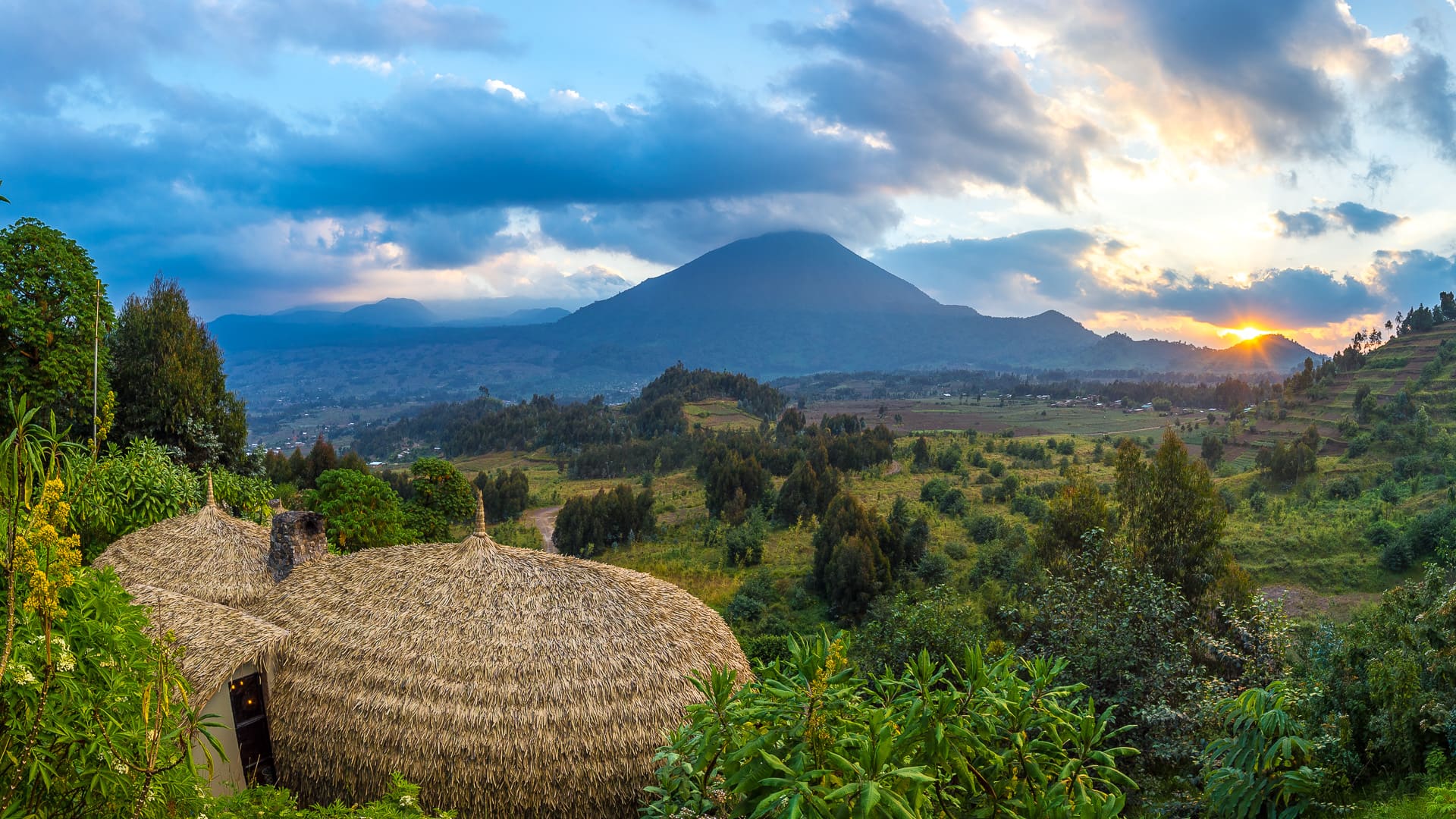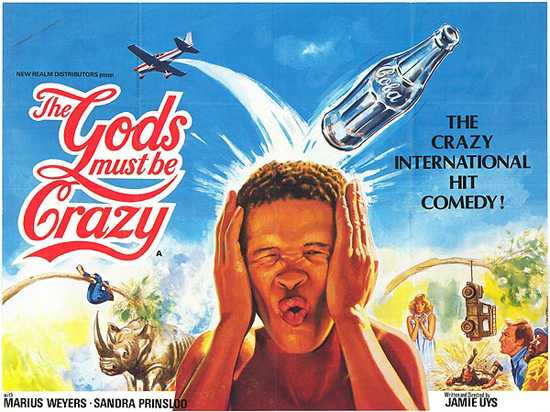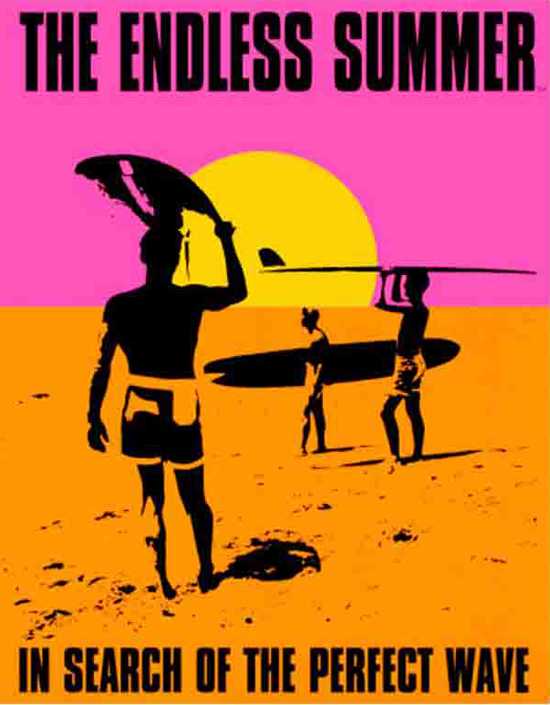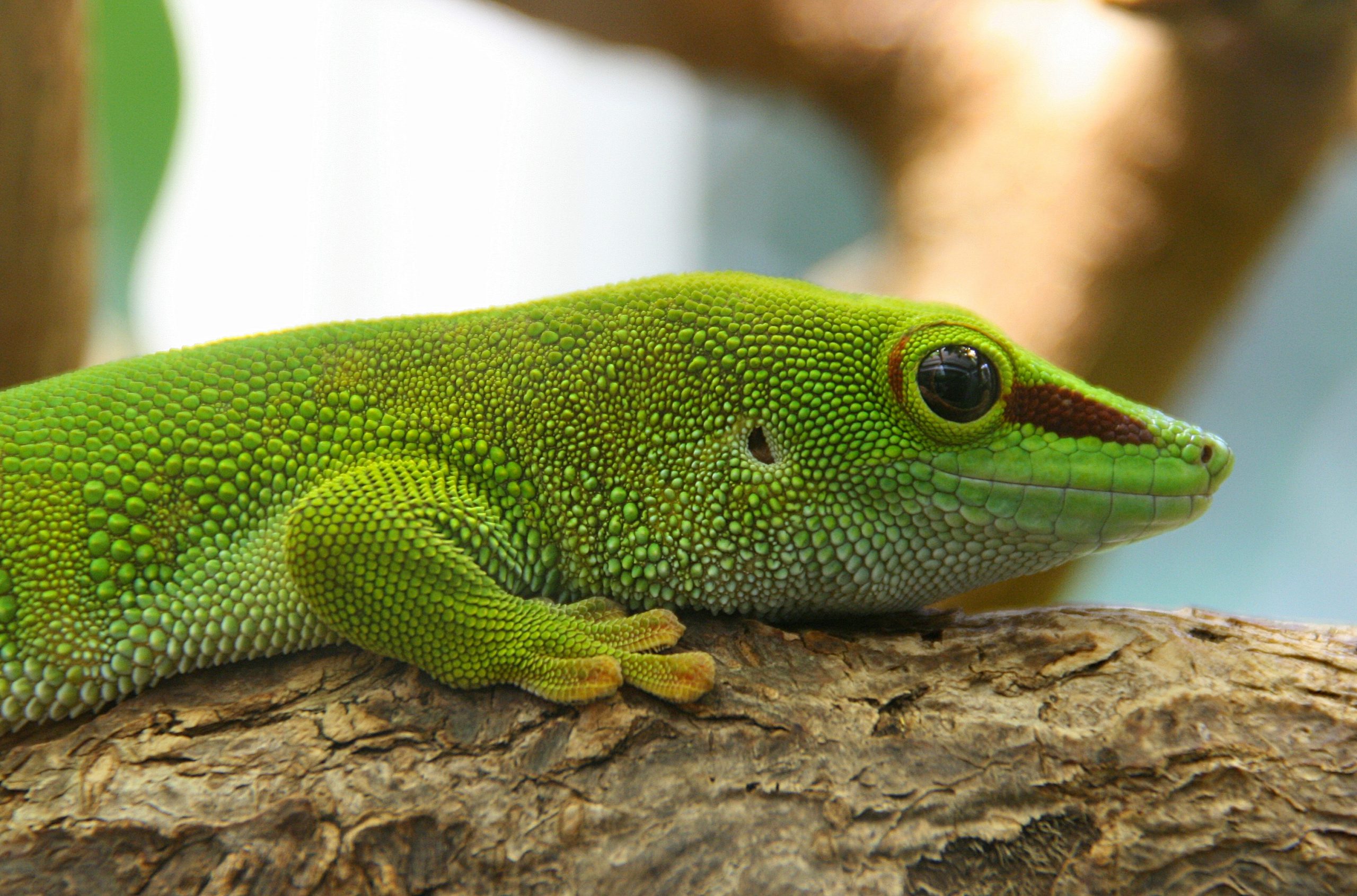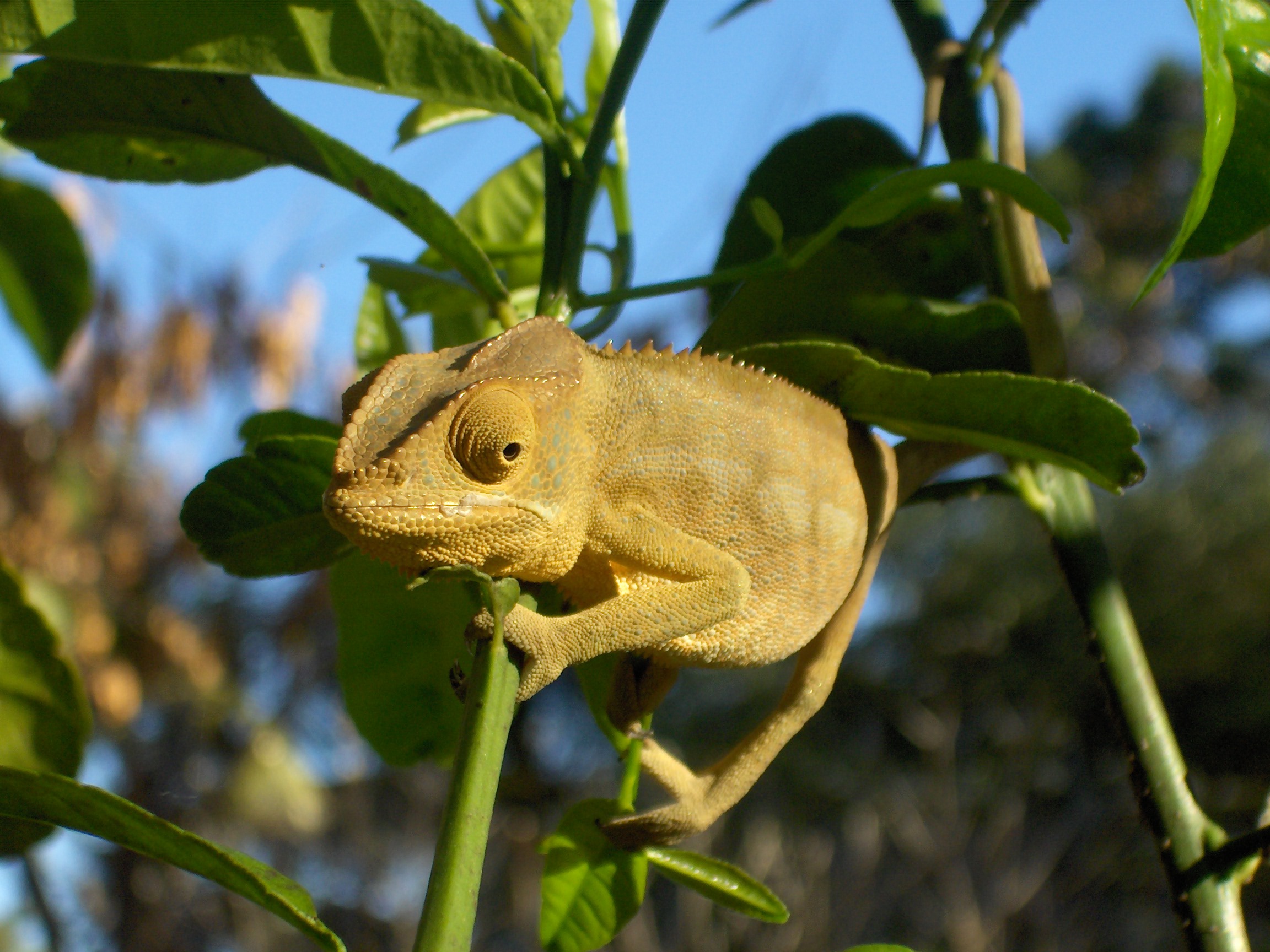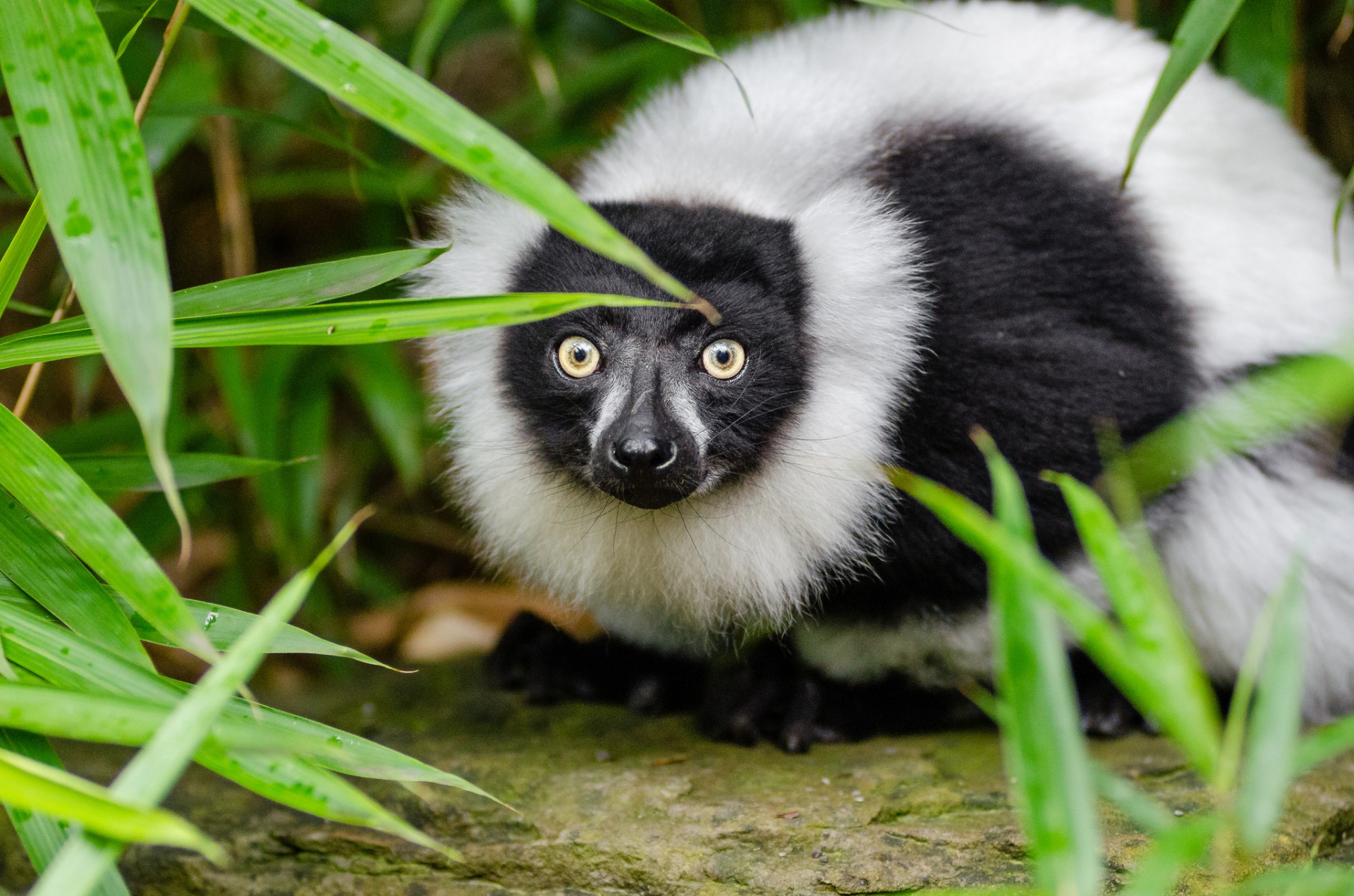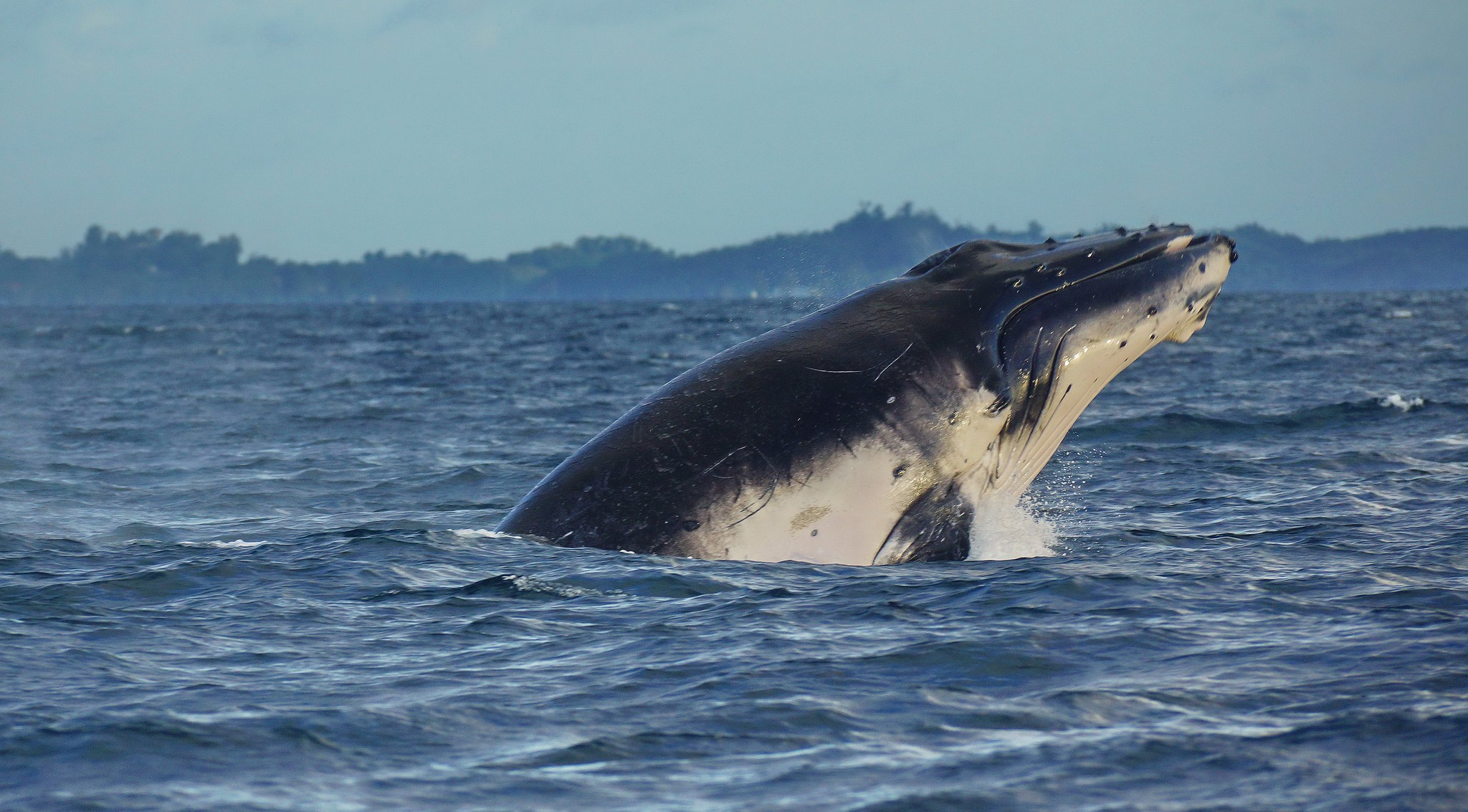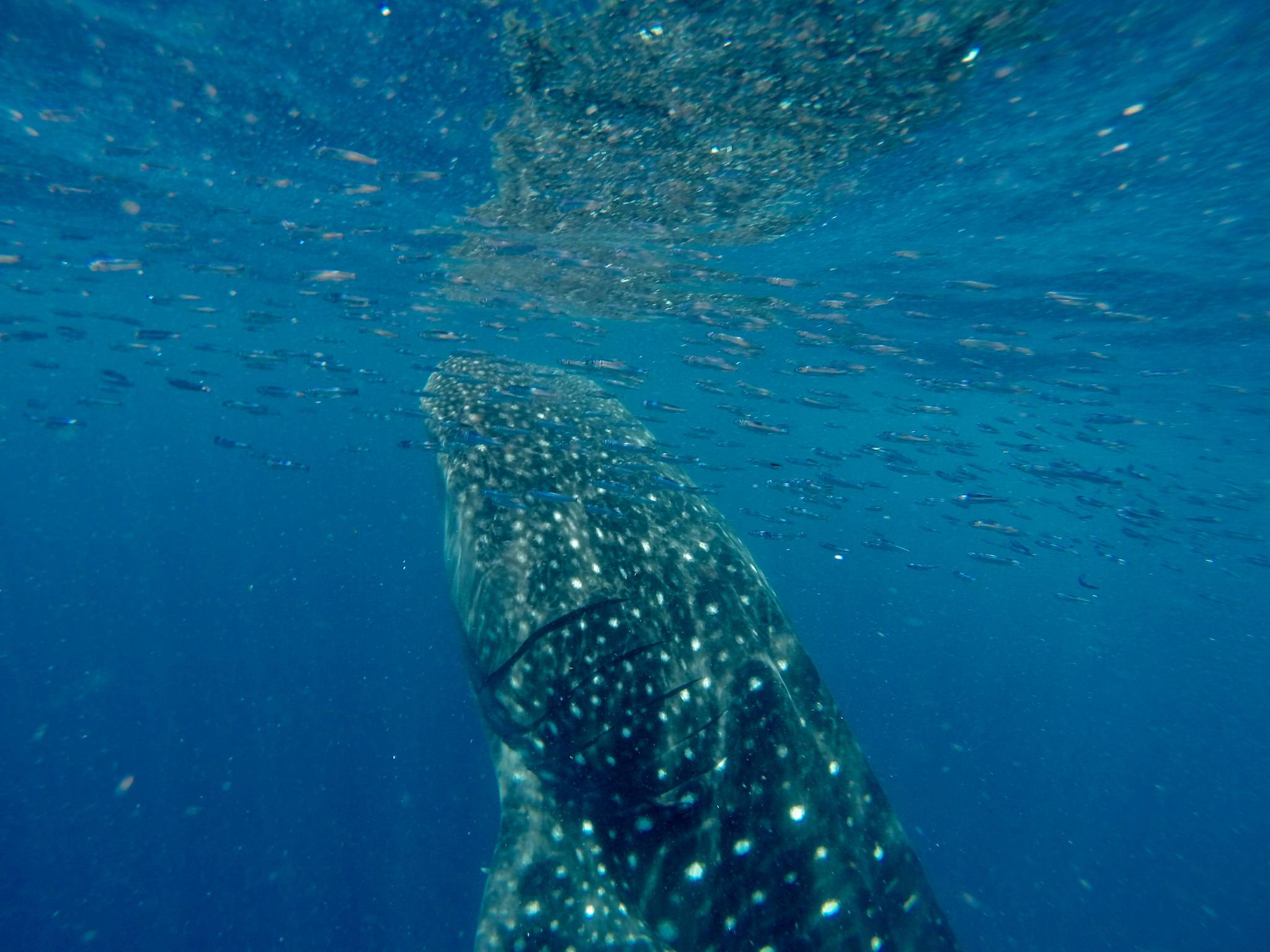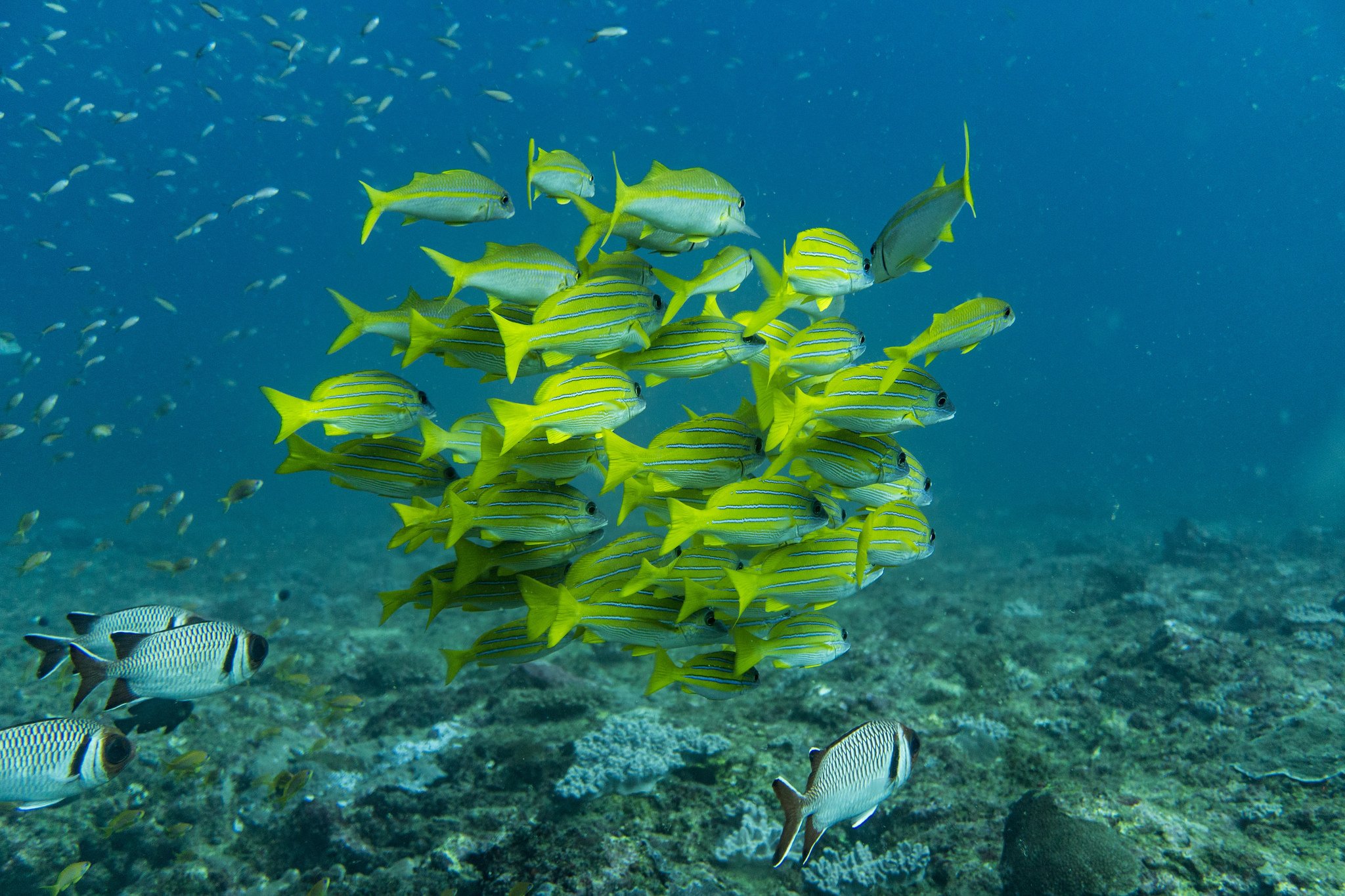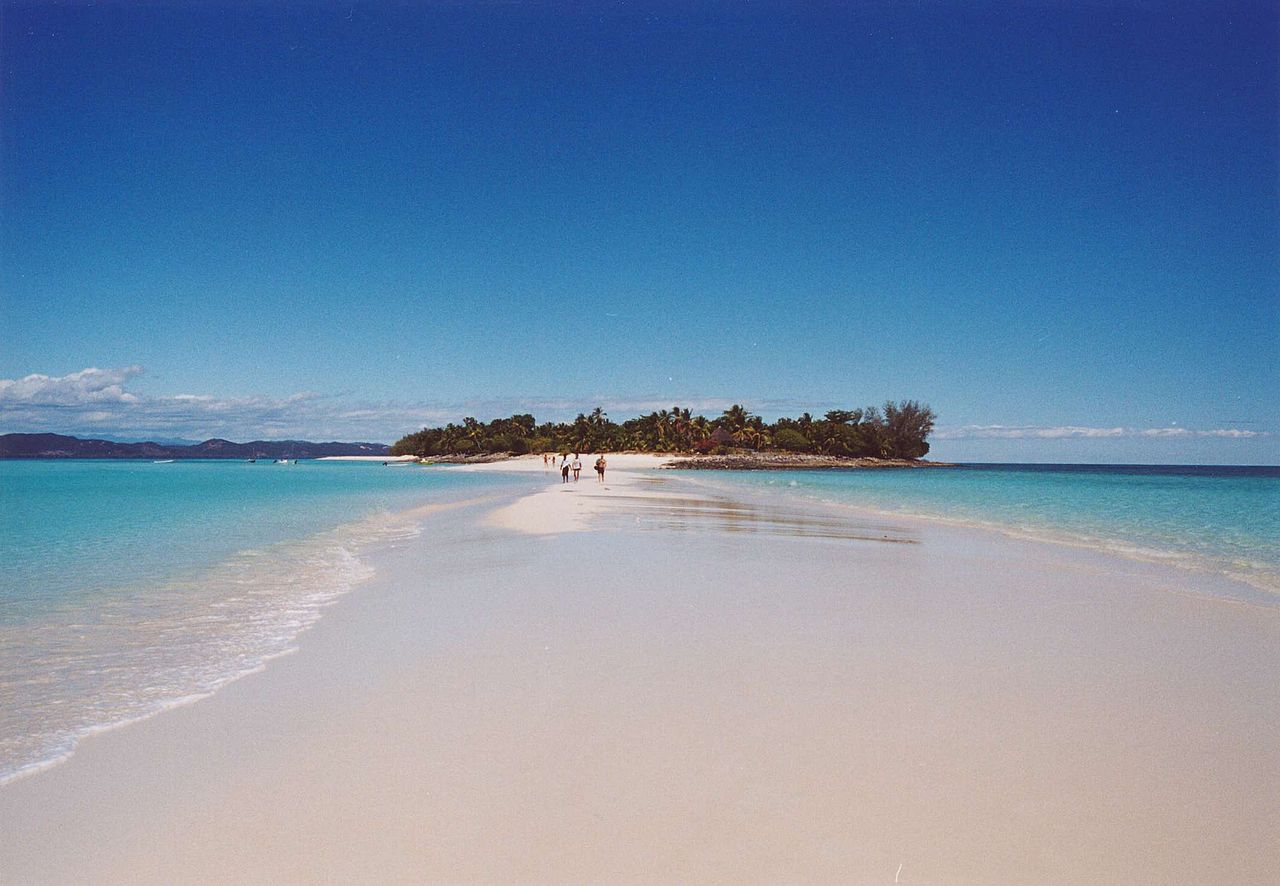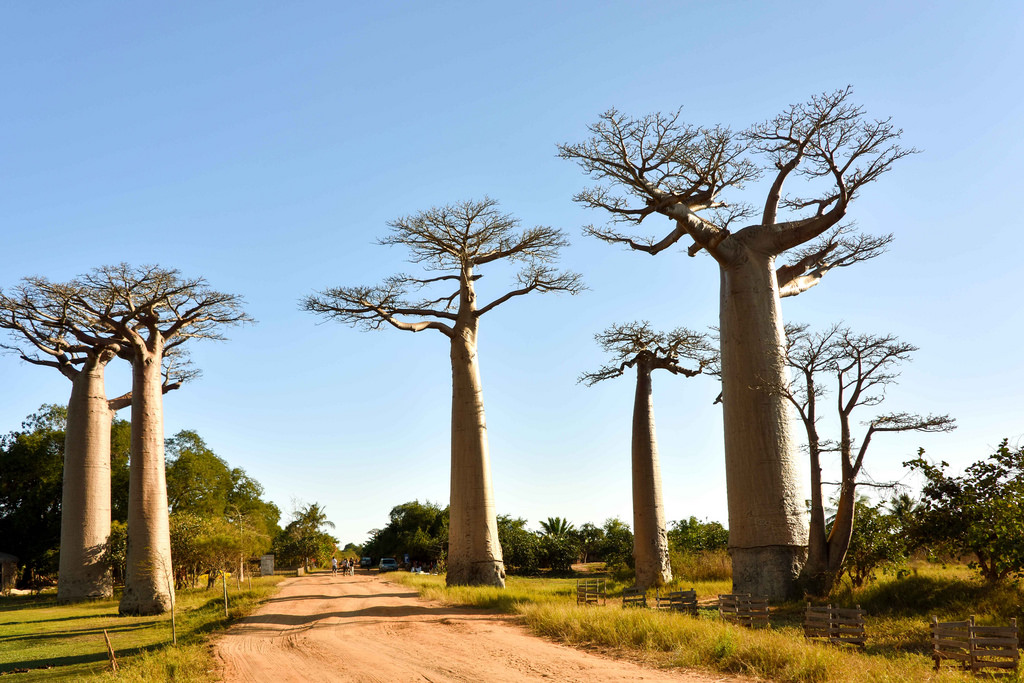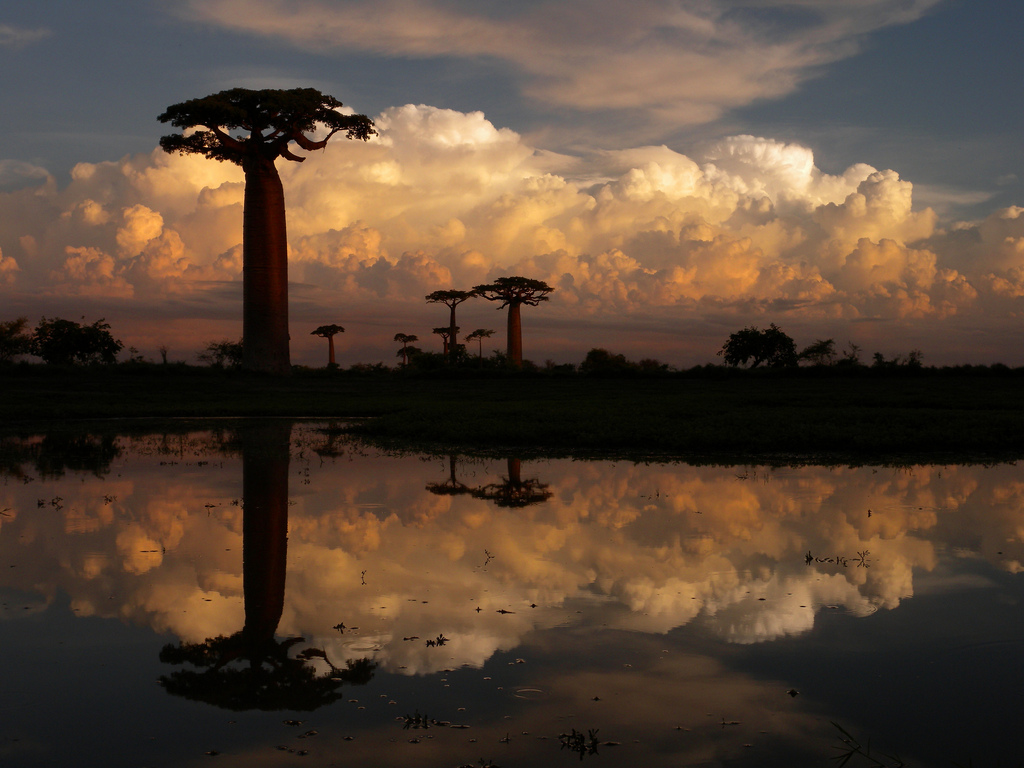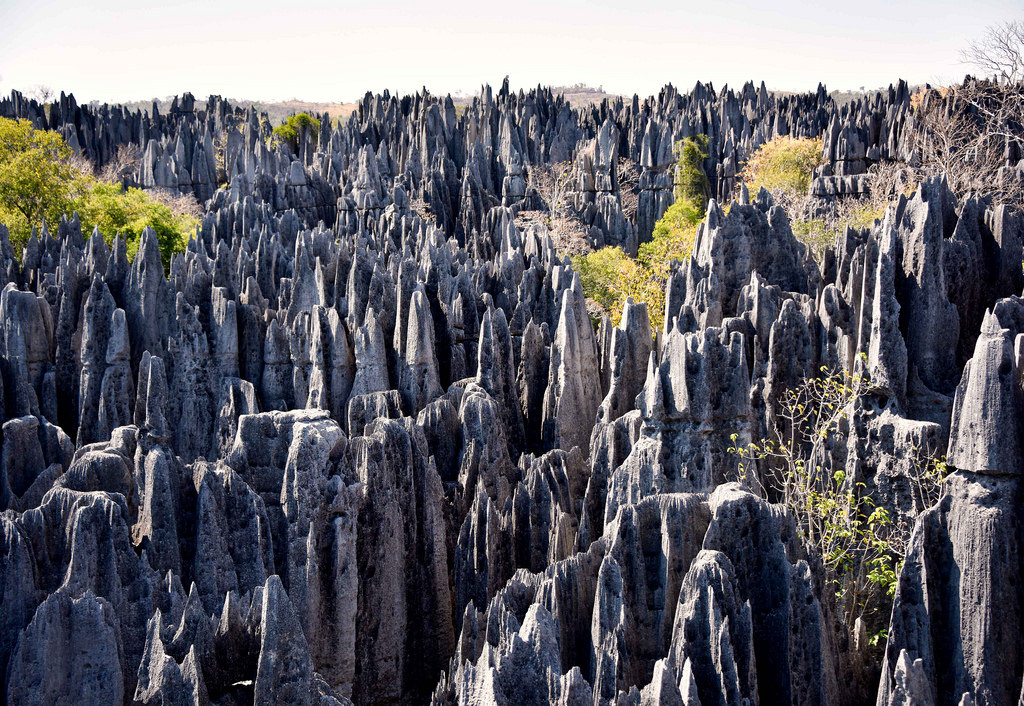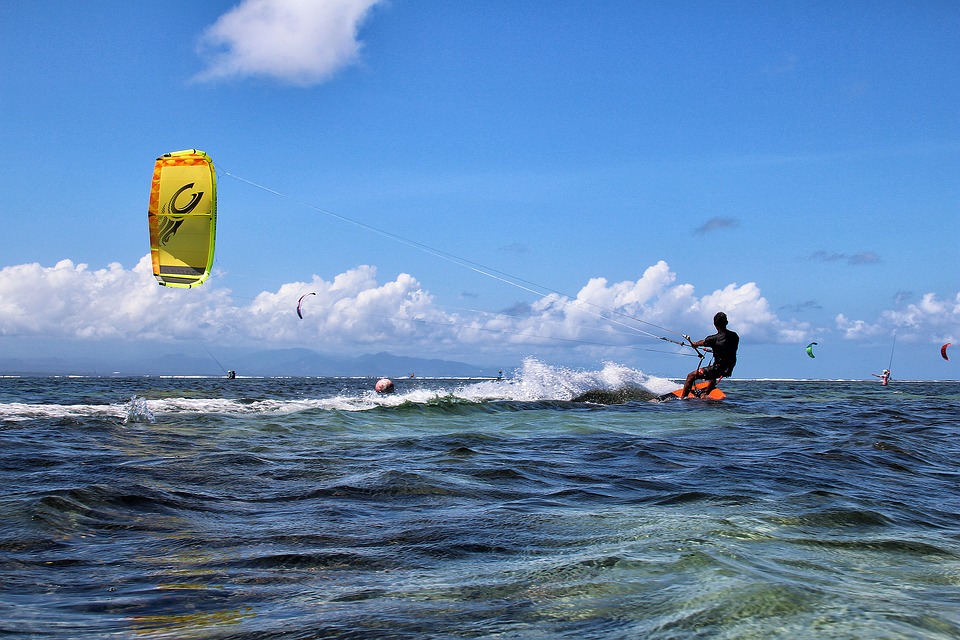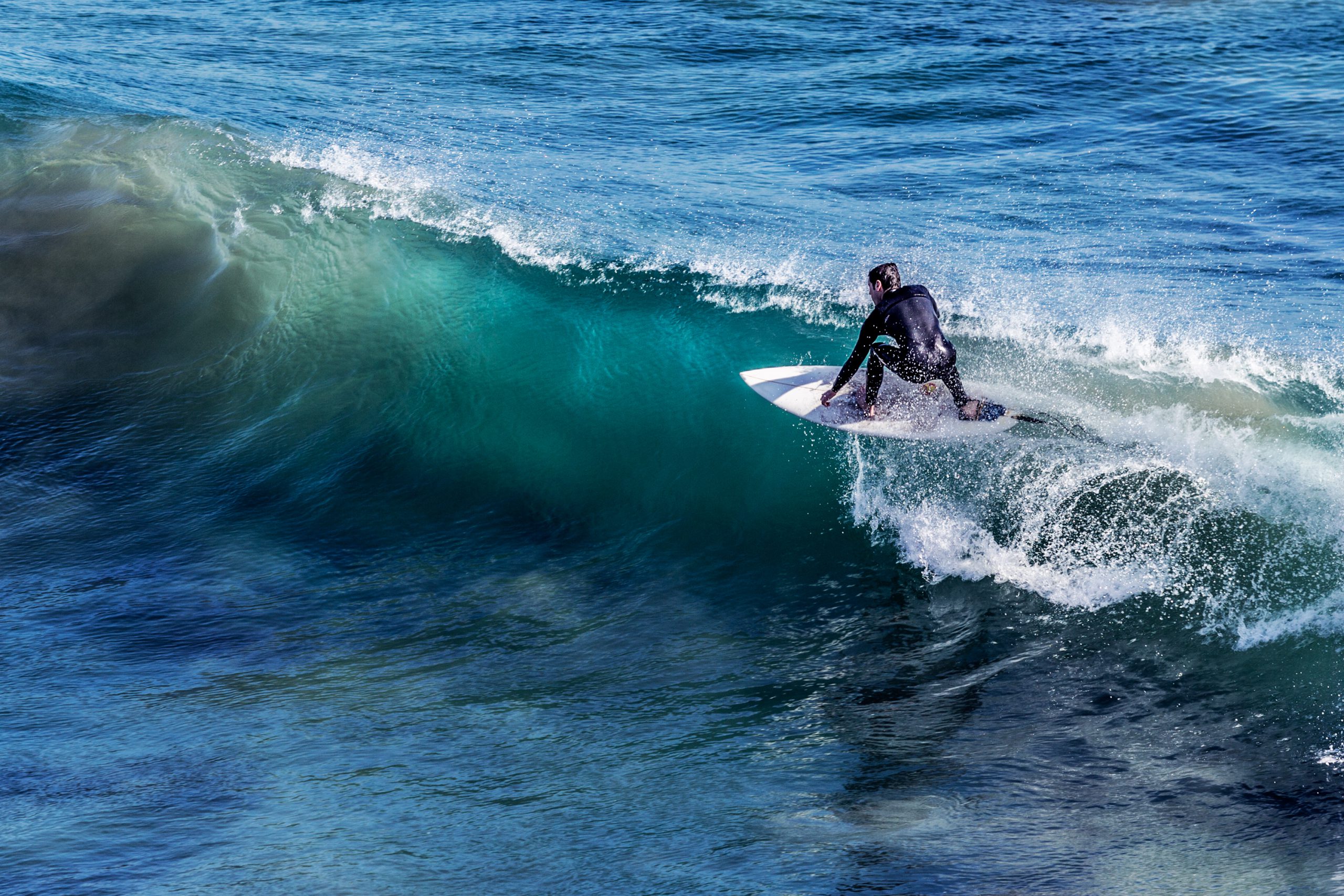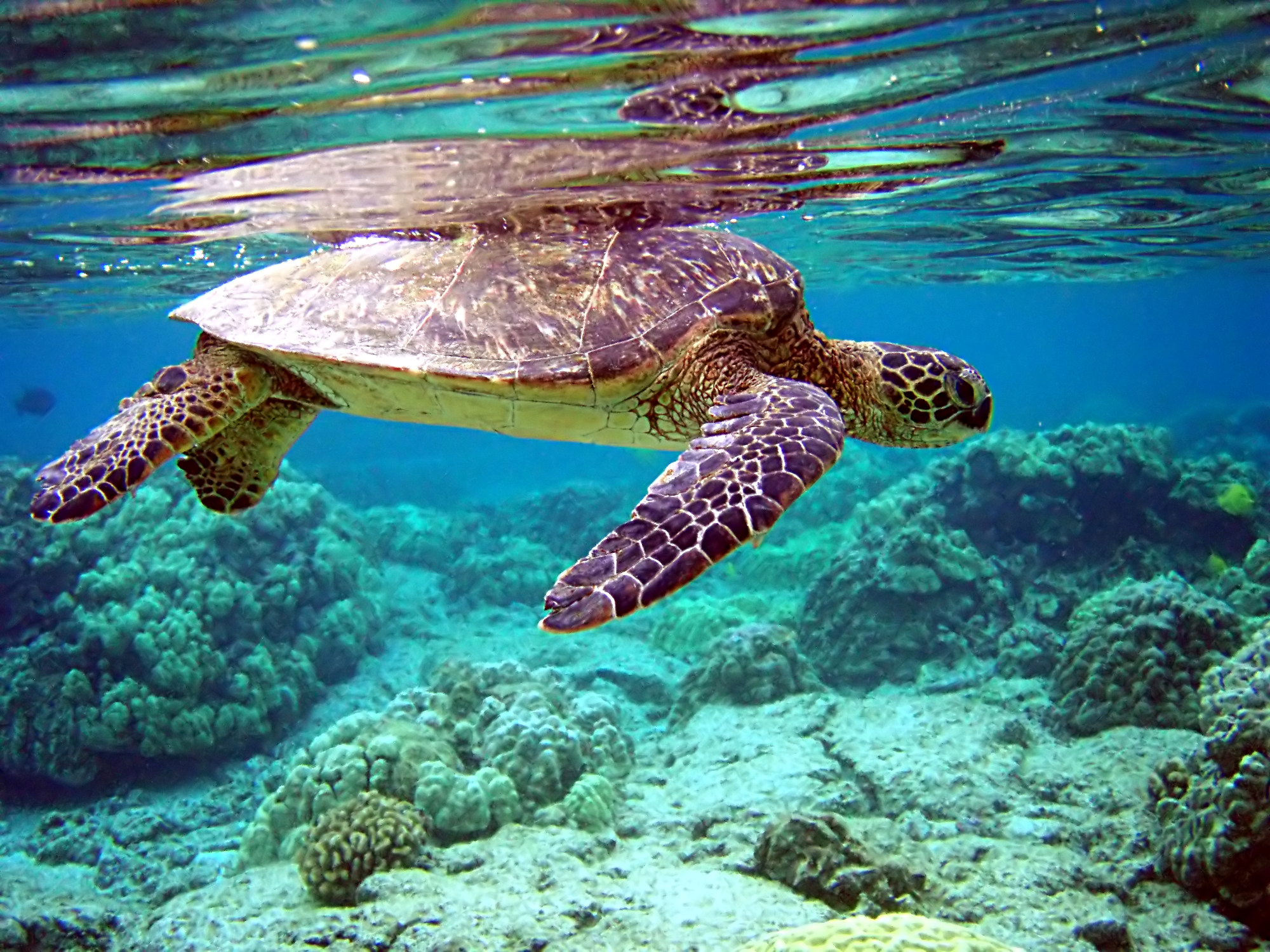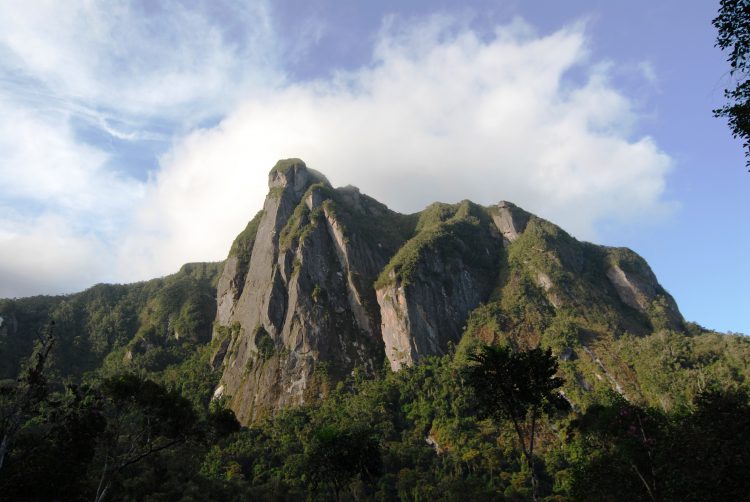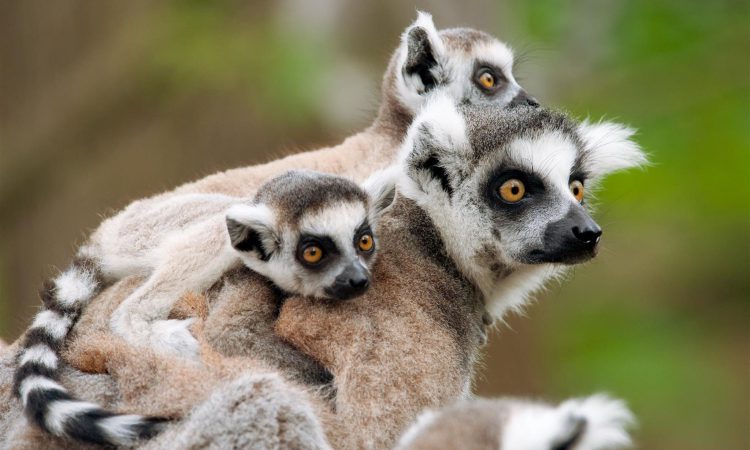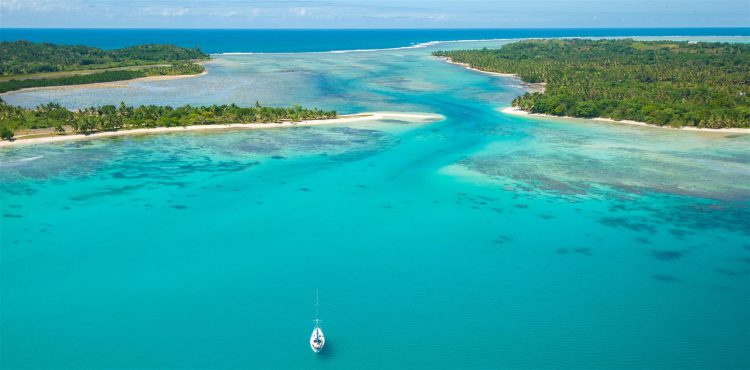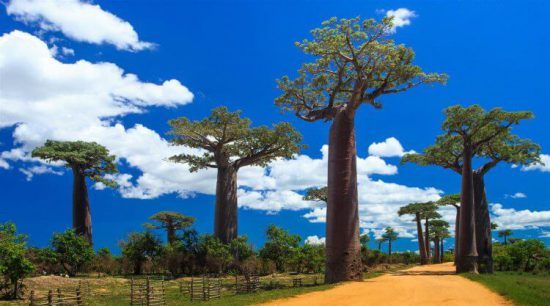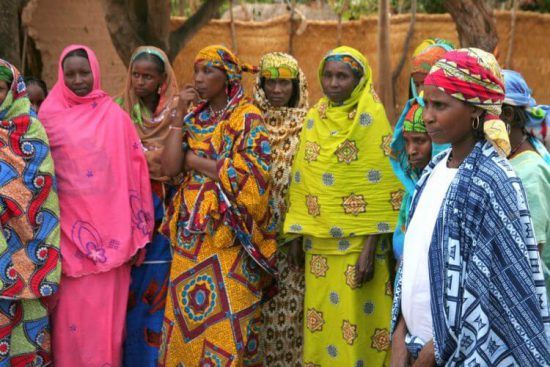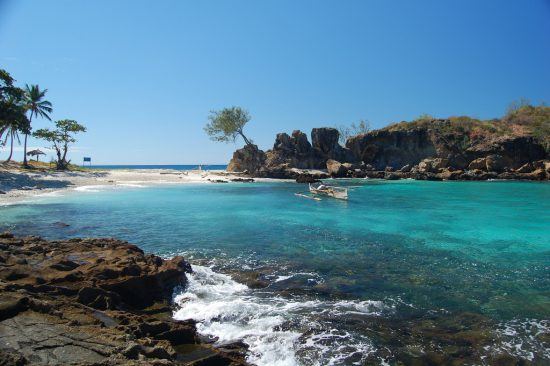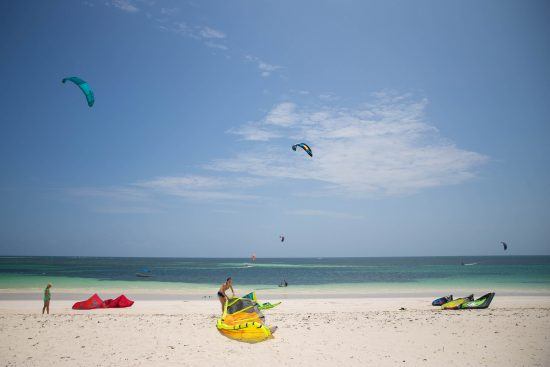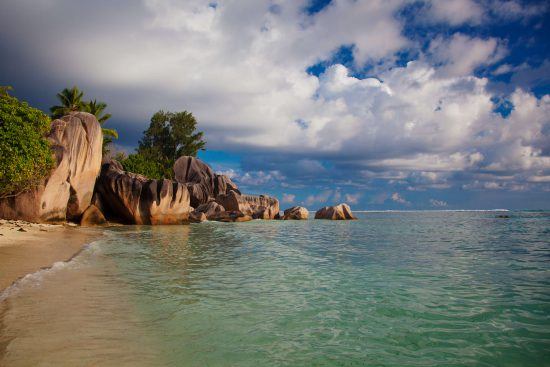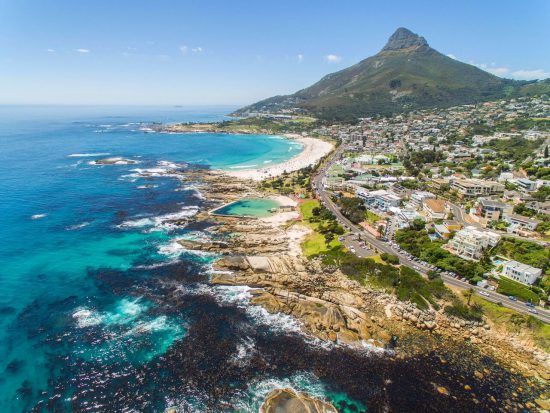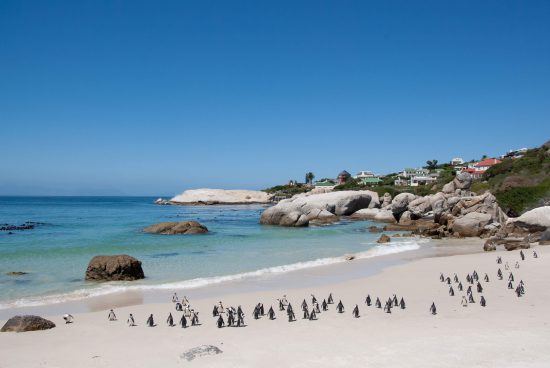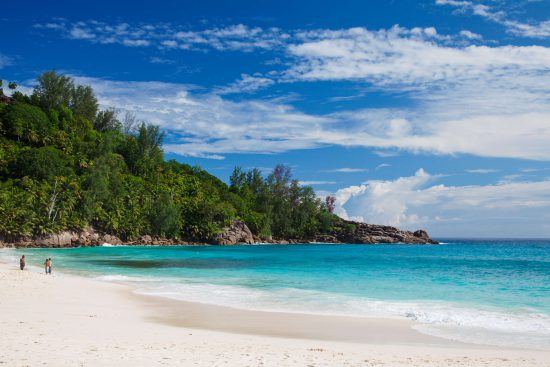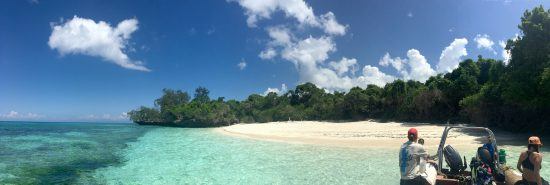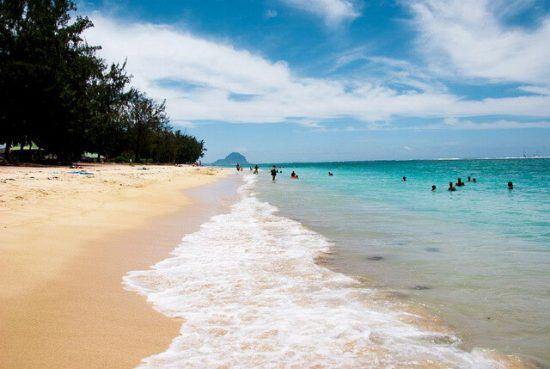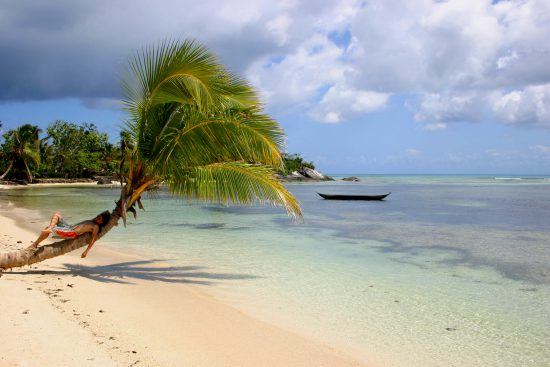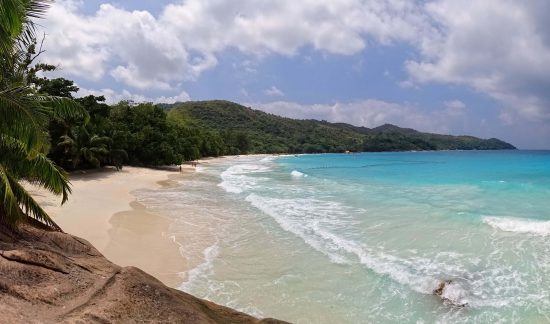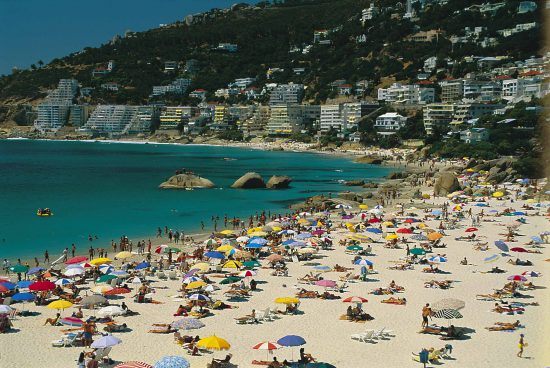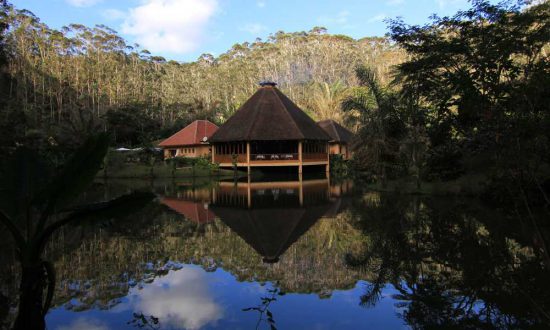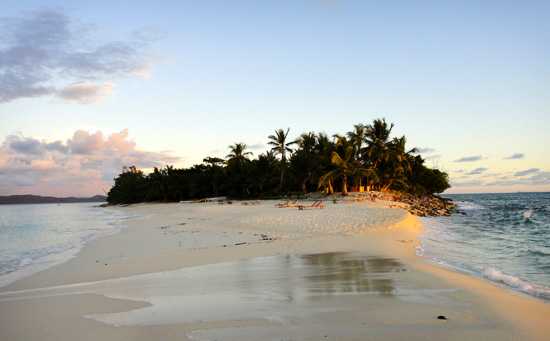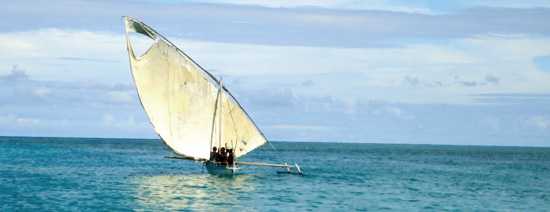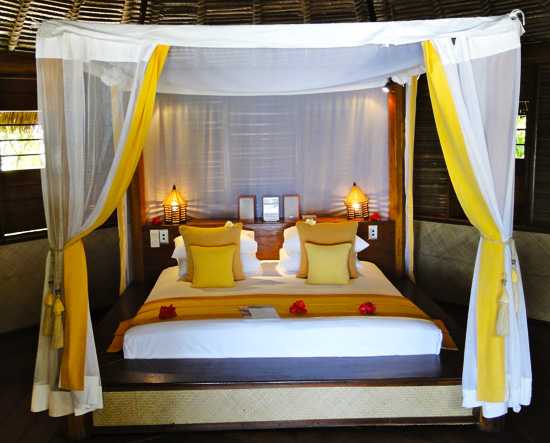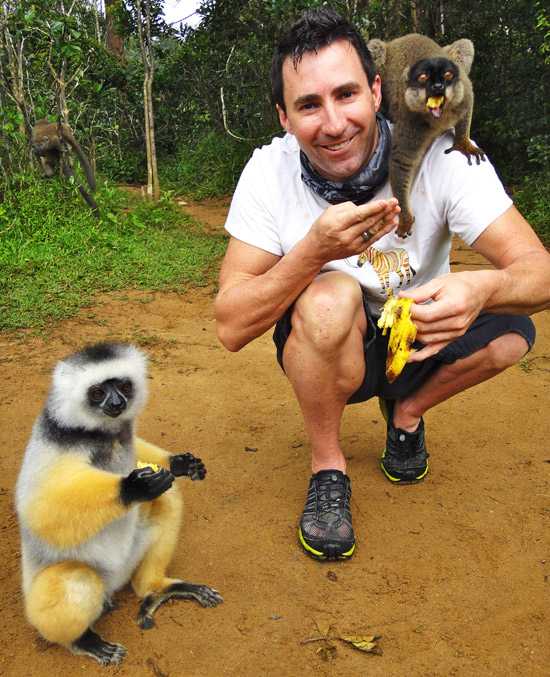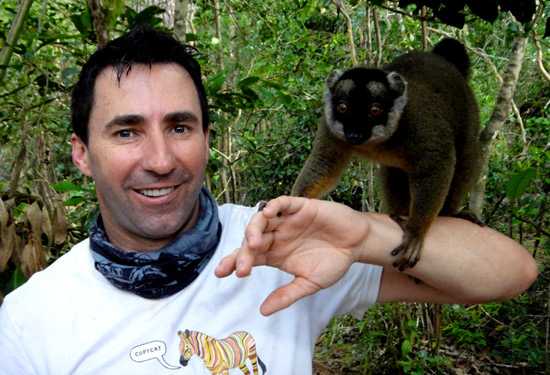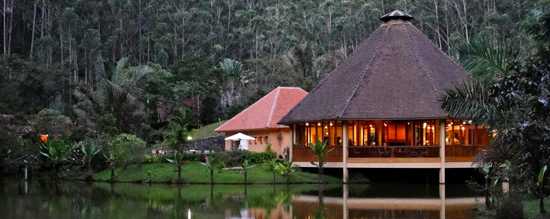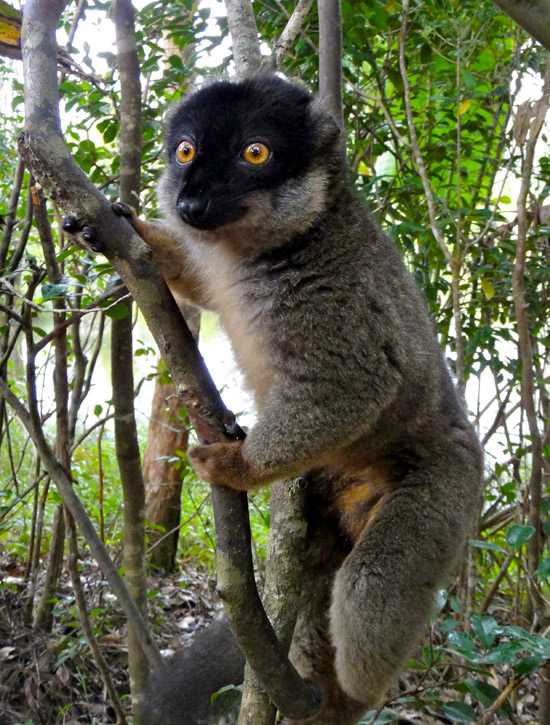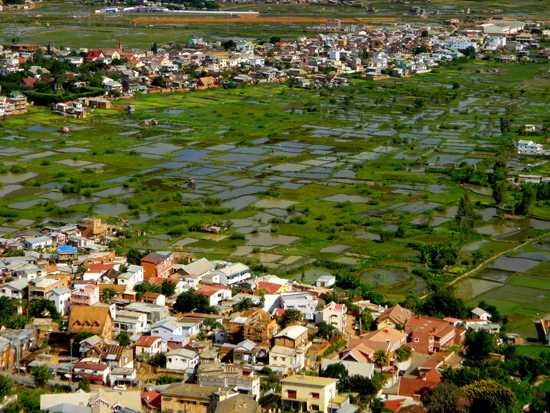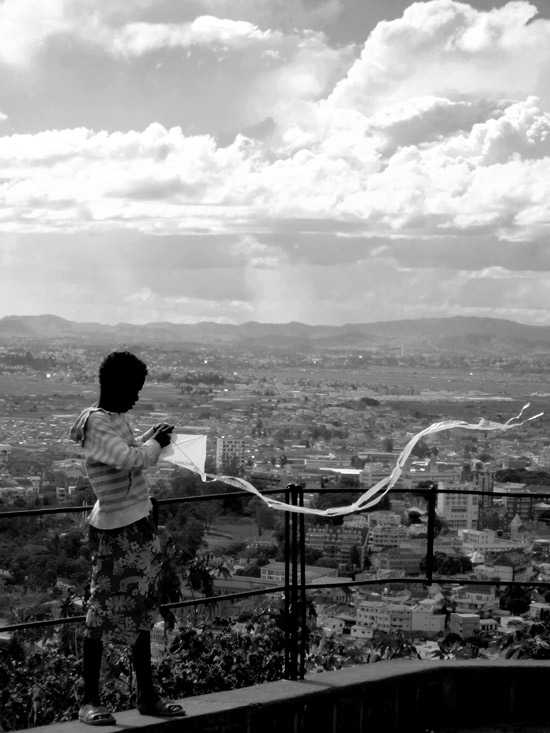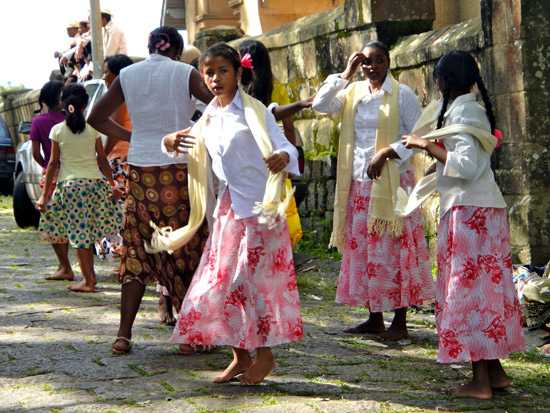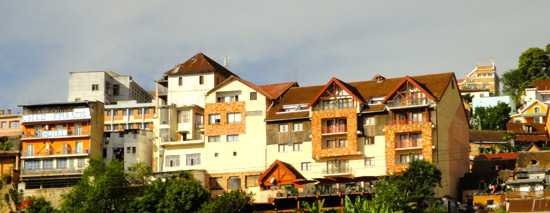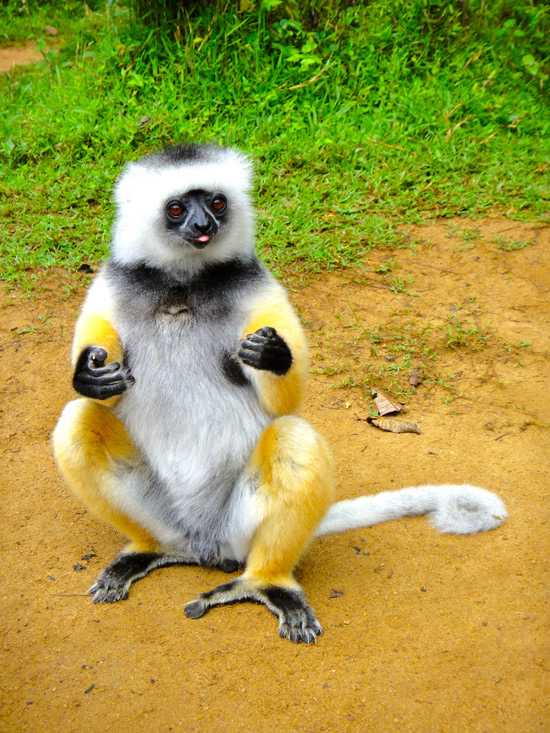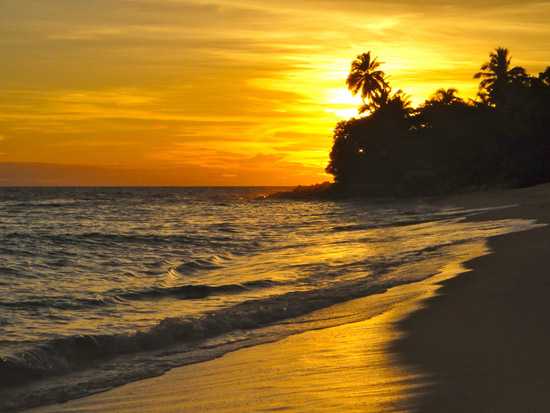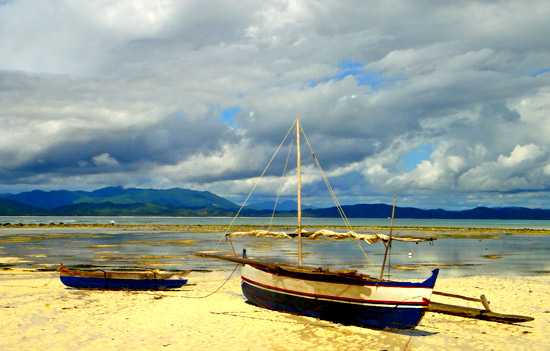It’s wonderful to revel in the peculiarities of nature. While Africa provides these opportunities in abundance, one destination stands above all others, Madagascar. From towering mountains, lush forests to idyllic sandy shores, all teeming with endemic animals, here are the reasons you should add a Madagascar holiday to your travel bucket list.

Welcome to Madagascar
1. The World’s Oldest Island
“This is the story of what happens when a set of animals and plants are cast away on an island for millions of years. This is how this curious wonderland came into being. Madagascar is an unrepeatable experiment, a set of animals and plants evolving in isolation for over 60 million years. We’re still trying to unravel its mysteries.”– David Attenborough
Madagascar is located to the east of Africa in the Indian Ocean and became an island between 80 and 100 millions years ago when it split off from the Africa/Indian supercontinent. While it is the world’s oldest island, it also ranks as the world’s 4th largest island too with an enormous array of varying terrain, landscapes and unique animals.

Madagascar is a unique adventure found in few other parts of the world
2. The Wildlife
“I like to move it, move it.”
If you have seen the Madagascar movie, then you are familiar with King Julien’s song and the curious lemurs of this island. These animals are unique to Madagascar and probably the biggest wildlife draw-card. With over 100 different varieties of lemurs, their cheeky personalities and animated appearance will have you falling in love with them instantly.

Don’t forget to add lemurs to your wish list
The chameleon is another fascinating creature found here. On your Madagascar holiday you are likely to come across half the world’s chameleon species with varieties ranging from the size of a fingernail to over 68 cm in length. This island also offers the possibility of swimming with the world’s largest fish.

Many visitors come to Madagascar in search of the unique wildlife
Between the months of September and December, Whale Sharks gather around the northwestern island of Nosy Be to feed. These docile and gentle giants are easily spotted from the surface and, posing no threat to humans, they allow swimmers and divers incredible close-up experiences.

Swimming with Whale Sharks off Nosy Be, Madagascar
Since separating from the mainland, Madagascar has developed its own cosmos of wonderful and peculiar creatures. It’s home to over 200,000 different wildlife species and more than 10,000 plant species, of which over 90% of these are found nowhere else on earth!

A wealth of wildlife found nowhere else in the world
3. The Beaches
Madagascar is 2,000 km long and has almost 5,000 km of coastline making it the ultimate beach-lovers paradise. Many of its beaches are breathtakingly beautiful, uninhabited and surrounded by endless, emerald forests. Turtles regularly visit the beaches, particularly on Nosy Iranja, and dolphins and whales revel in the warm, clear water of this wonderland.
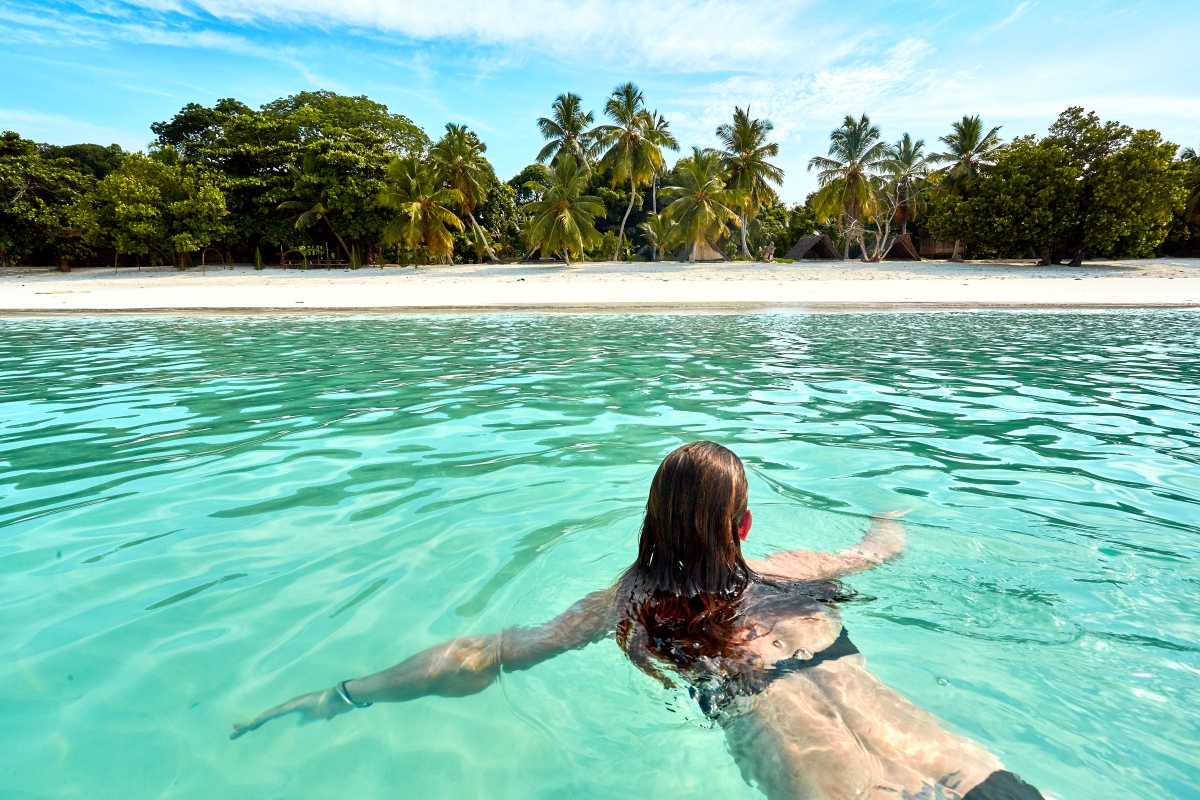
Swim in crystal clear waters in Madagascar
You can even take a kayak and explore some of the small, neighbouring islands on your Madagascar Holiday. Those who love kite-surfing can explore many great options around Madagascar including the beaches around Anakao as well as in Sakalava Bay, in the north of the island.
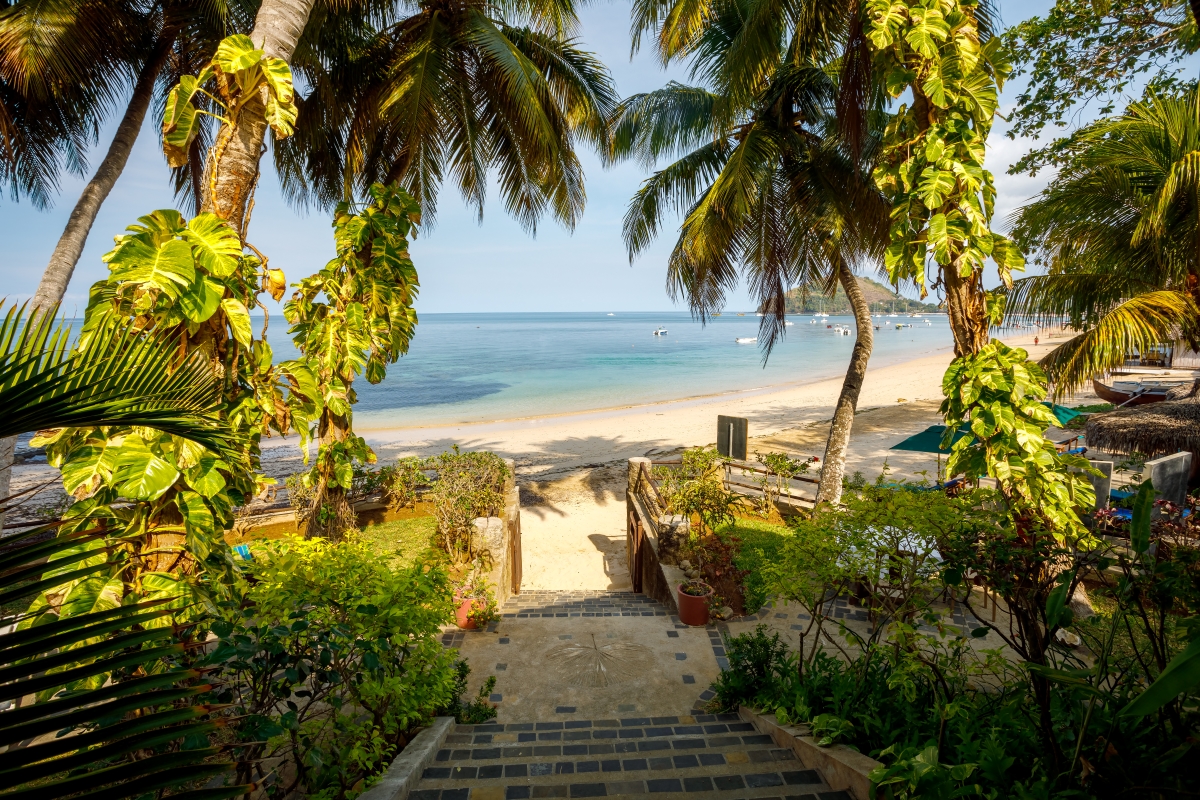
Madagascar is one of the most visually attractive places to visit
4. The Unique Scenery
One of the reasons a Madagascar holiday is on most people’s bucket-list is because of it’s diverse experiences on offer and the scenery is one of them. Flourishing forests, towering mountain ranges, dry bleached salt pans and remarkably strange rock formations all found on this one incredible island.
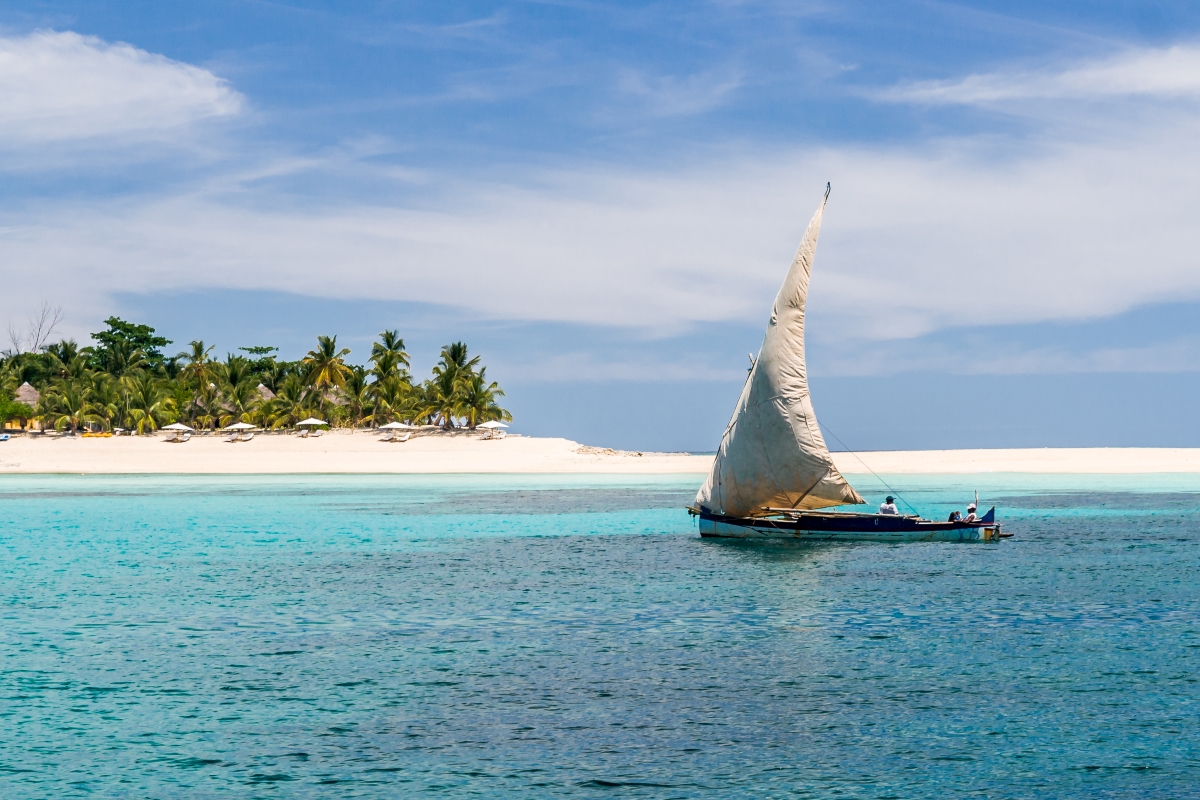
This fascinating micro-continent has it all!
Probably the most striking of all is the alien-like landscape of Tsingy de Bemaraha National Park. Here, approximately 200-million years ago, the limestone seabed was pushed upwards which, over time, has been eroded creating a prehistoric-like “forest” of sharp limestone needles.

Visit the unusual stone formations of Tsingy Rouge
In addition, the Avenue of the Baobabs, or Baobab Alley is also fascinating. It is a striking collection of ancient trees that line a road in the west of Madagascar. Here you can find over 25 trees, most over 30meters (100ft) tall, standing like long-lost sentinels over the land.
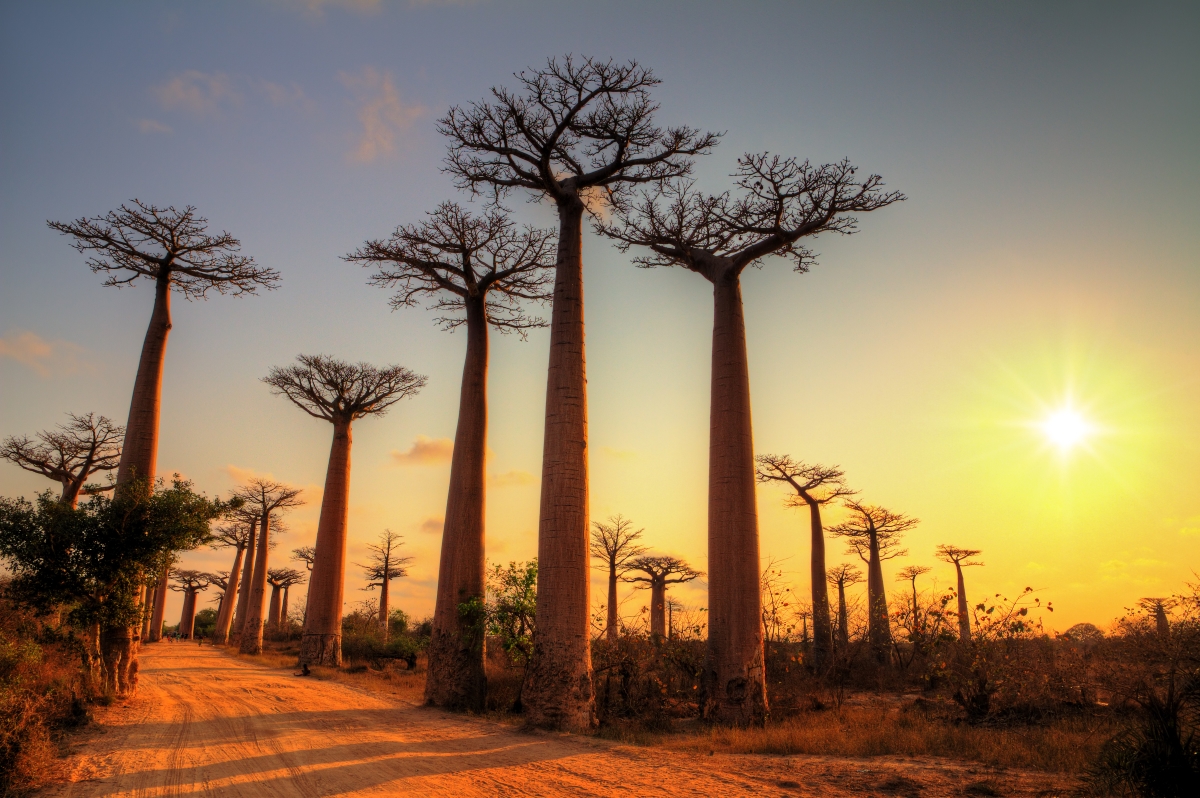
Madagascar’s baobab trees are up to 2,800 years old
5. The Culture and History
Apart from the island’s amazing scenery and animal life, Madagascar is also a melting pot of diverse cultures and traditions. With more than 18 different ethnic groups, the Malagasy culture is a blended mix of African, Arab and Indian origin with some of the friendliest locals in all of Africa.

Madagascar is a boiling pot of colourful cultures
A Madagascar holiday offers you the opportunity to mingle with the locals. Many of which wear traditional dress called ‘lamba’ and the combination of their demeanour. Furthermore, their vivid attire and varied culinary influences makes for an incredibly complex, layered cultural experience.
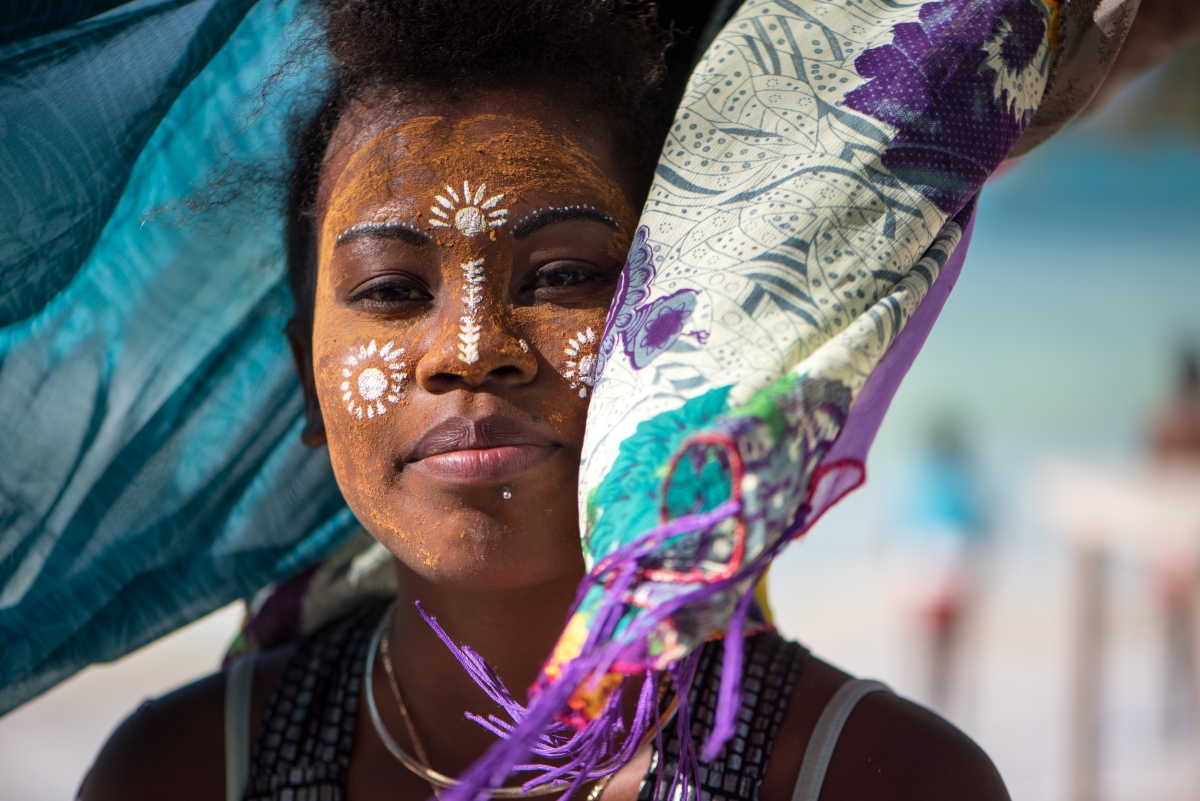
Dive into the rich culture of Madagascar
Are you Ready for a Madagascar Holiday?
Madagascar is a hidden gem of an island, waiting to be explored and experienced. Let us show you this special piece of paradise and make your dream African holiday a reality. Contact our Travel Experts today.


